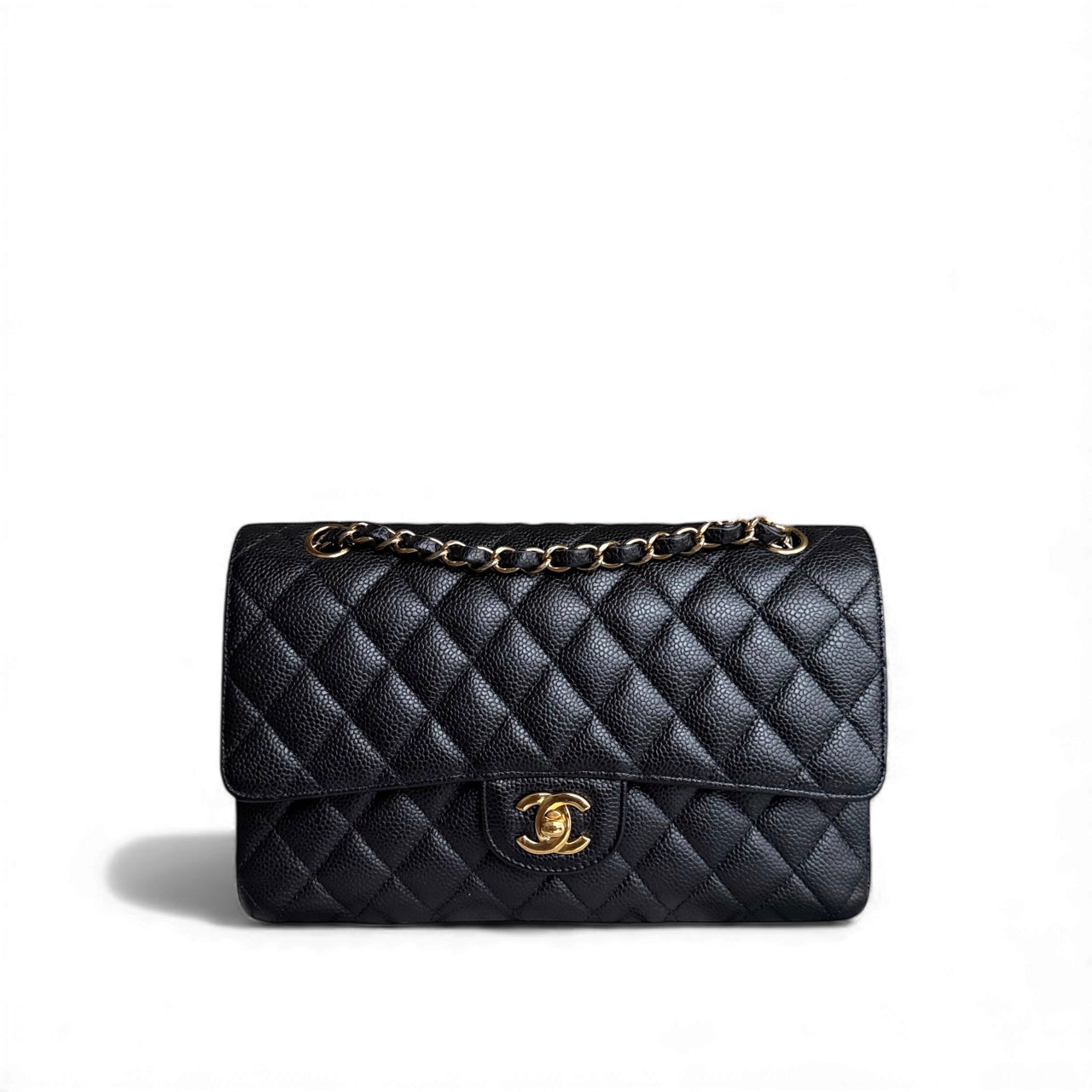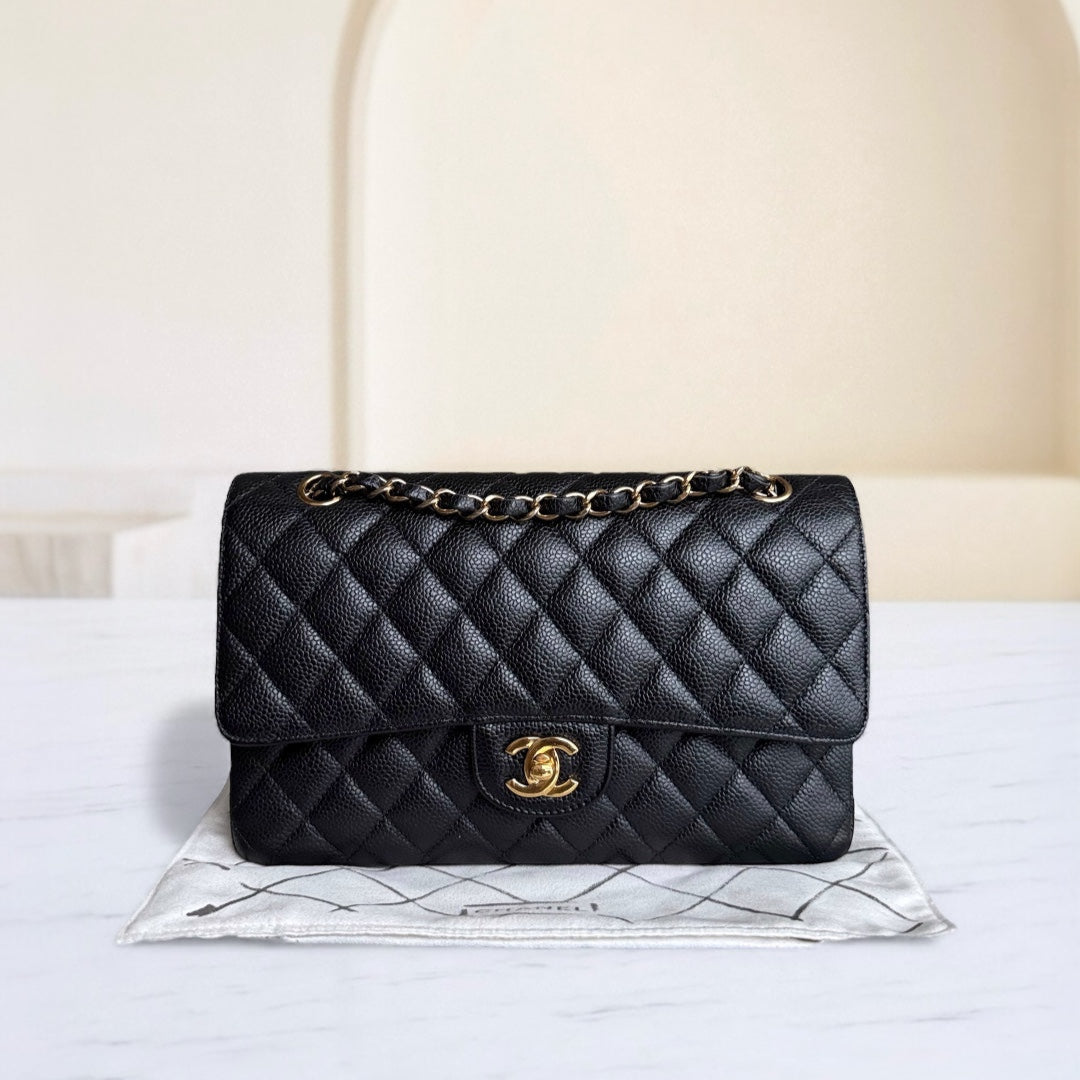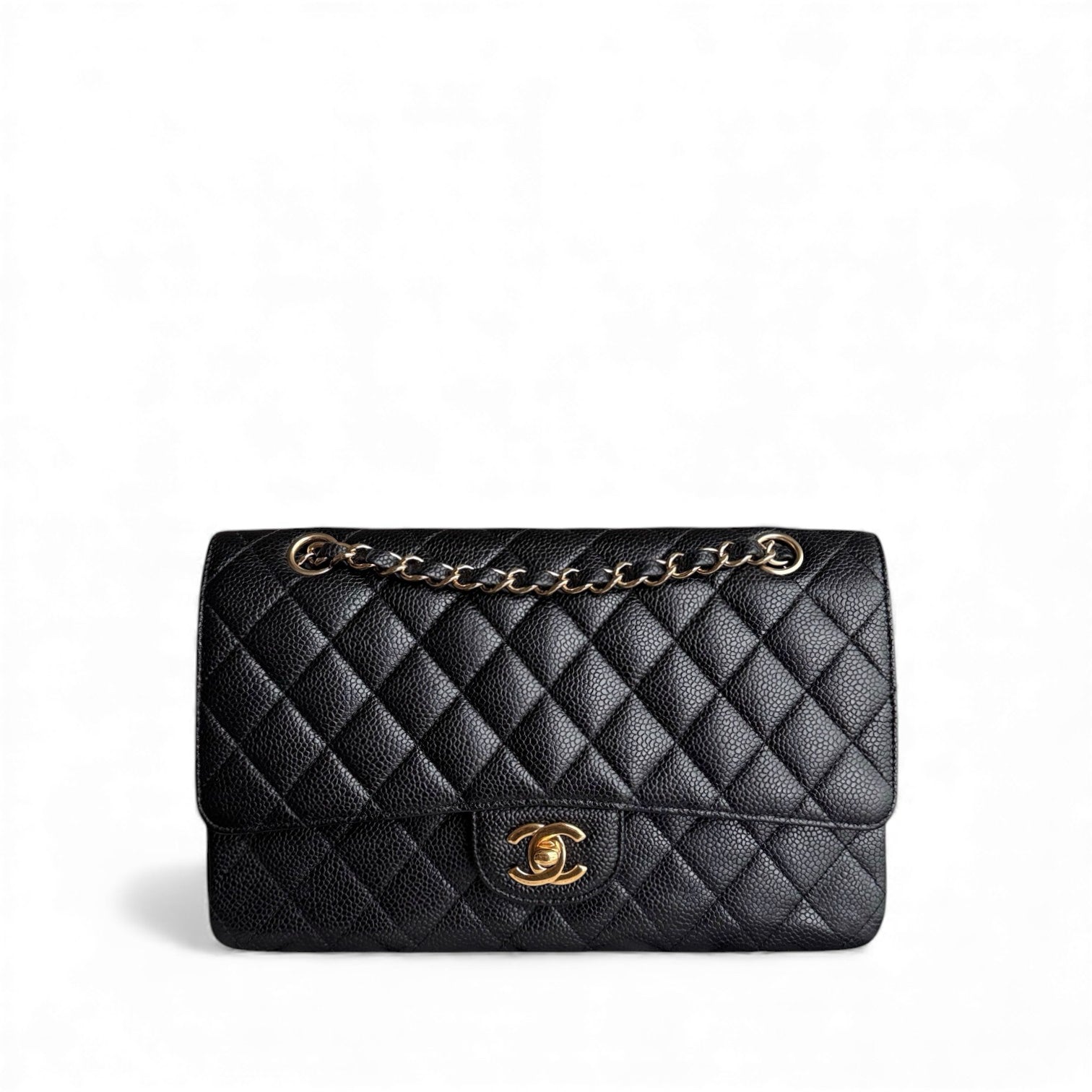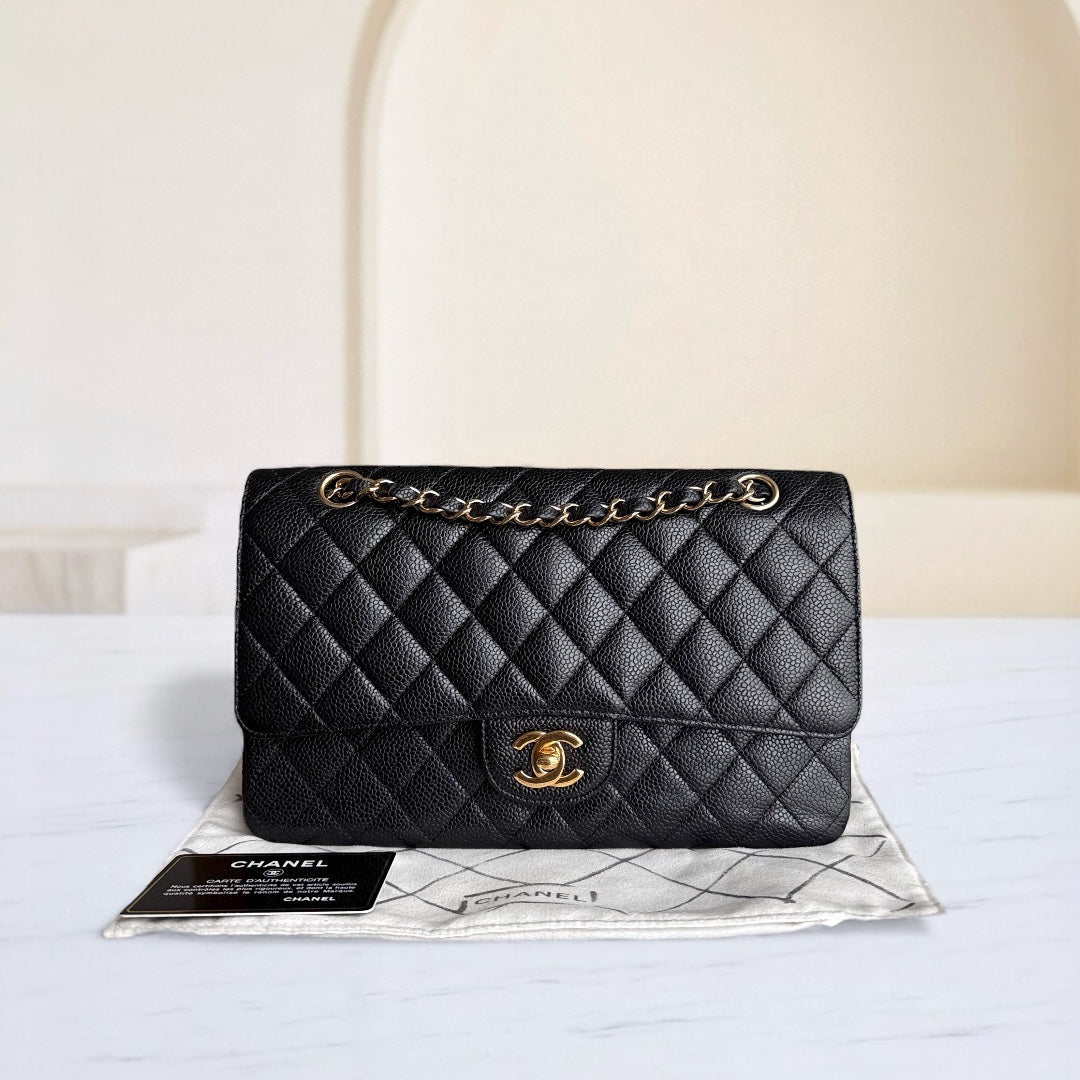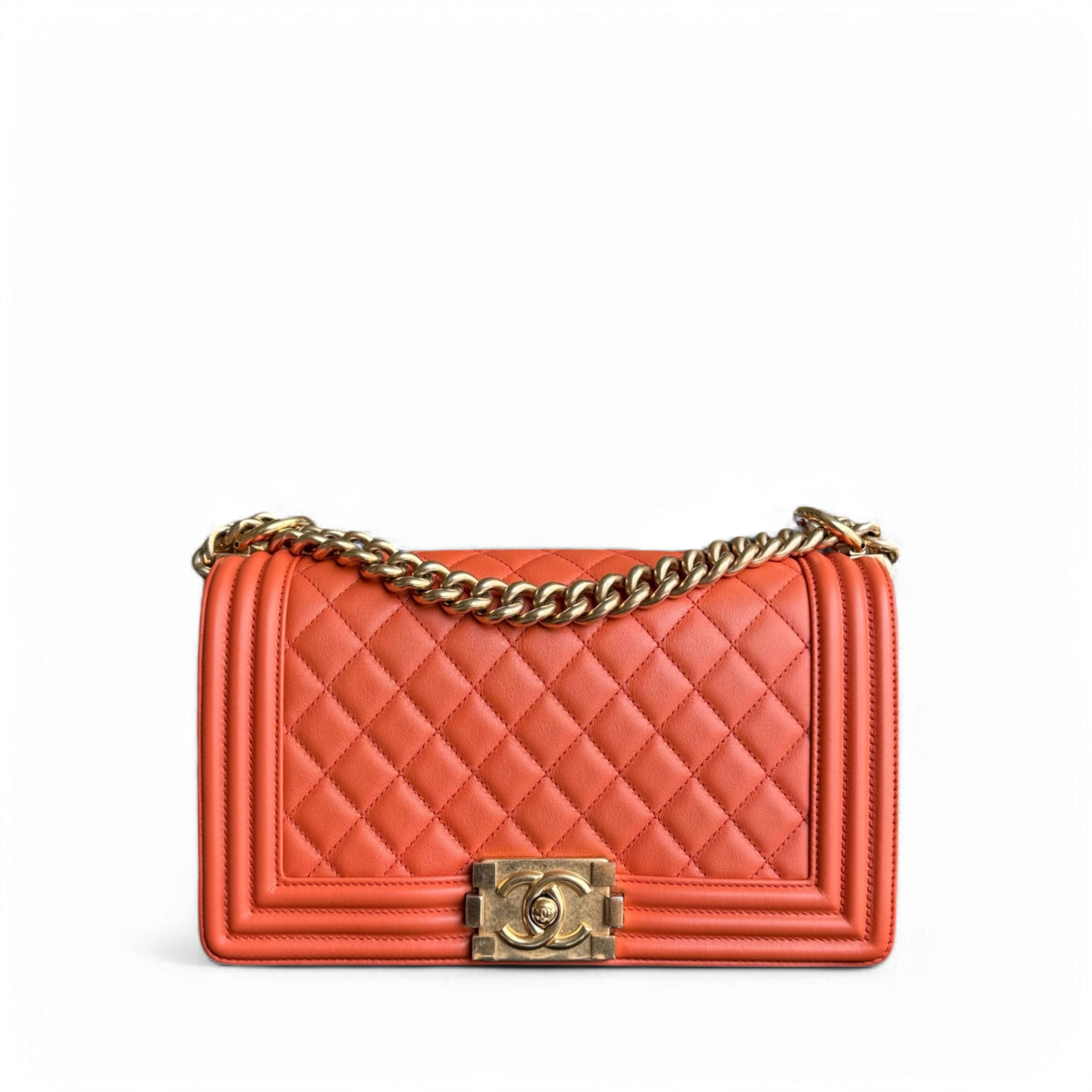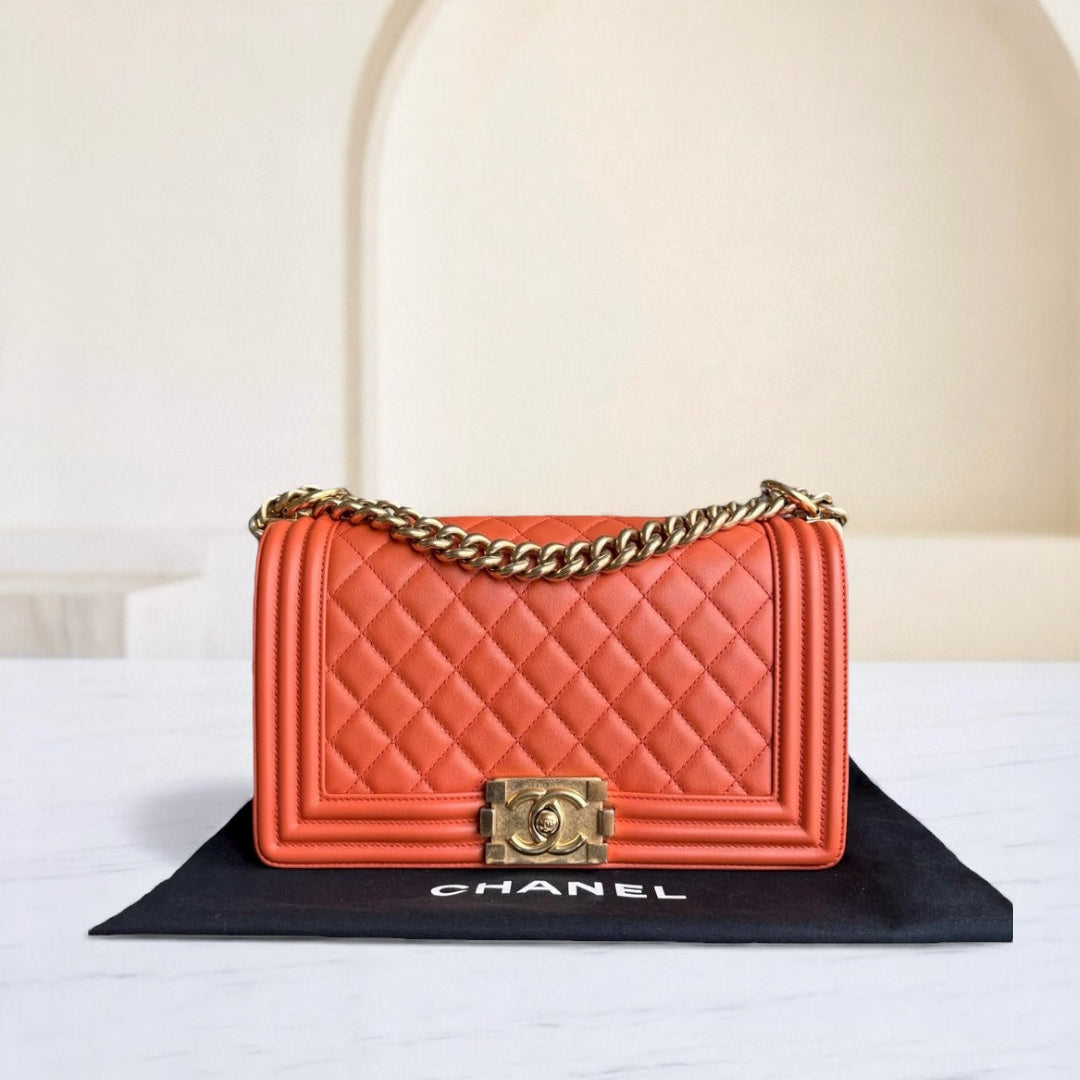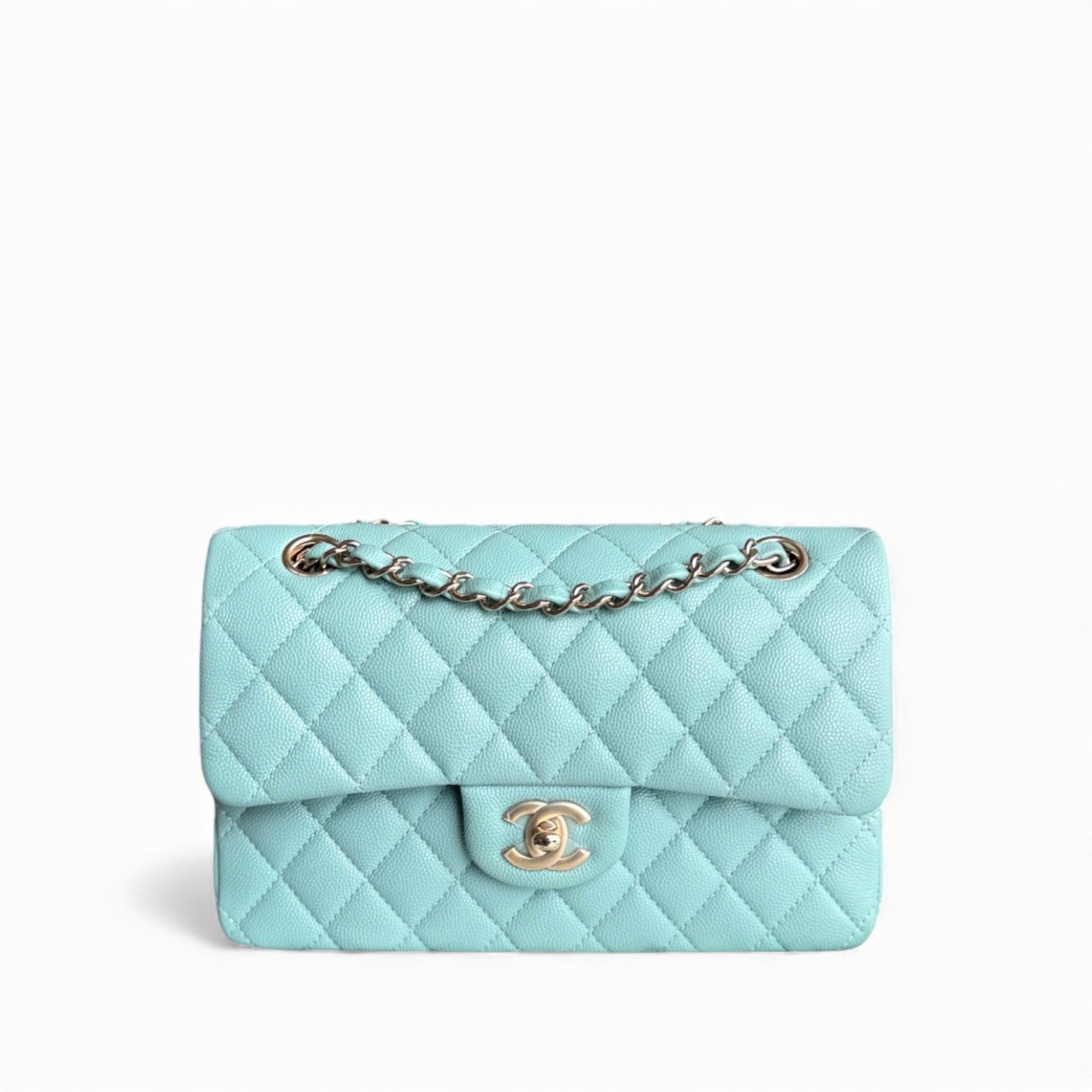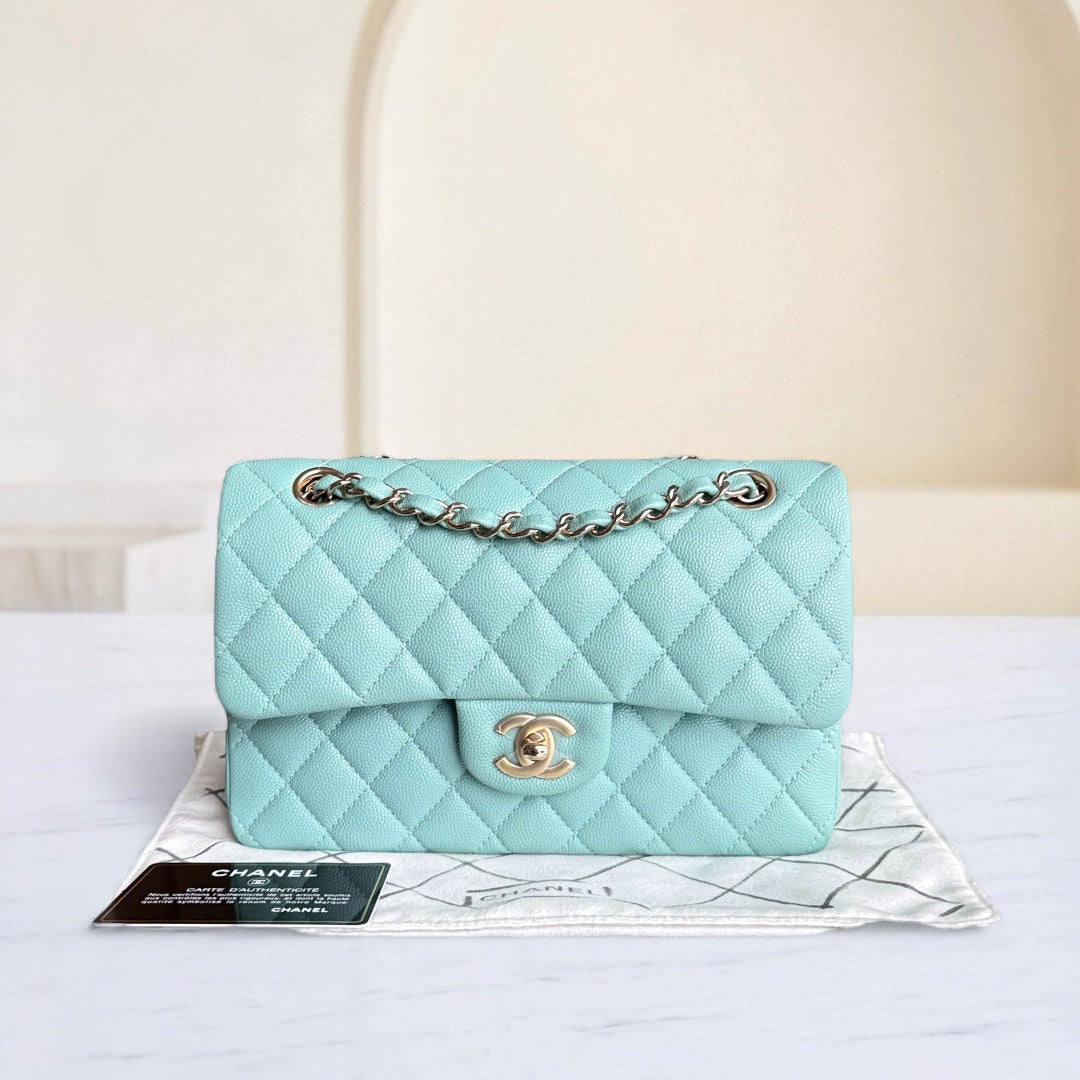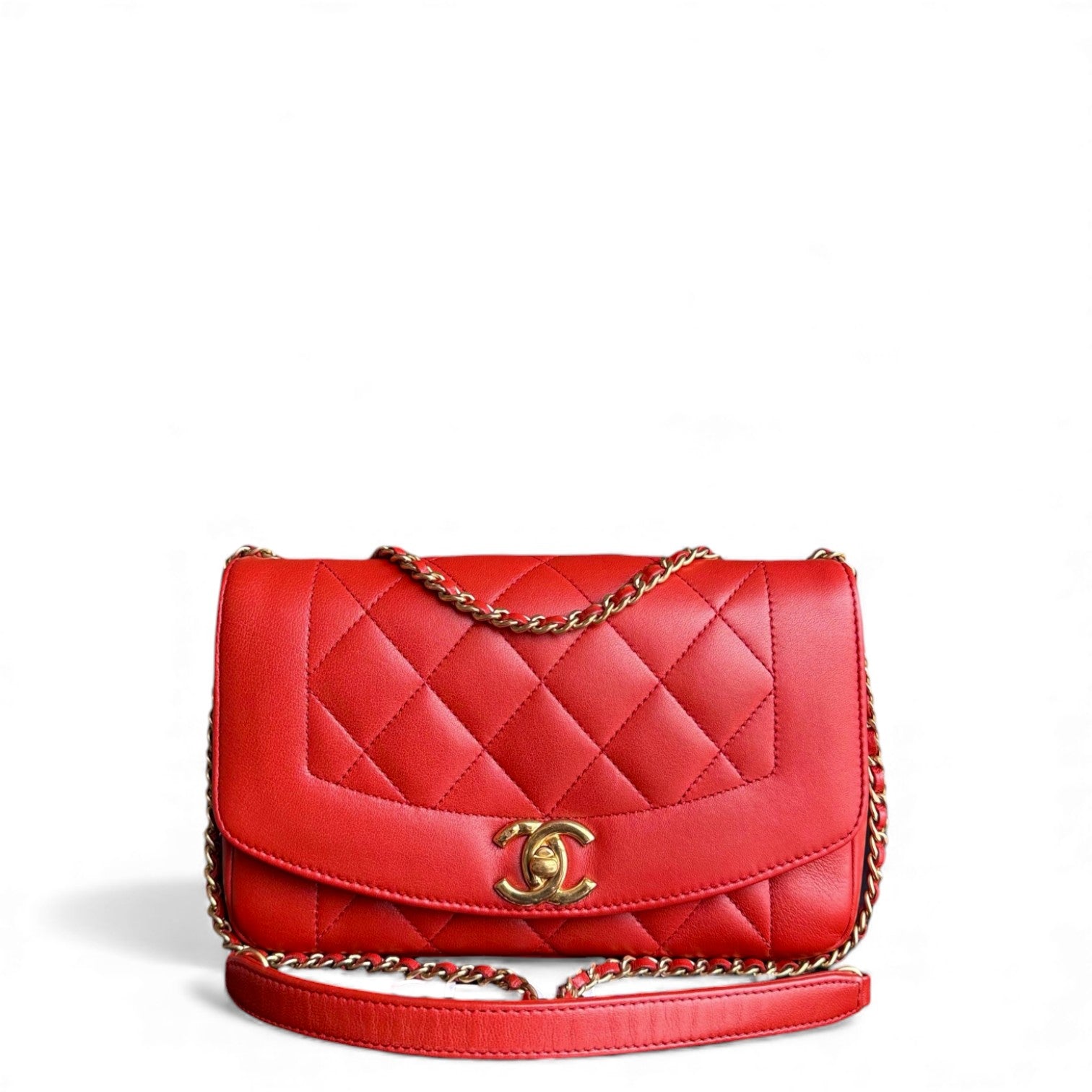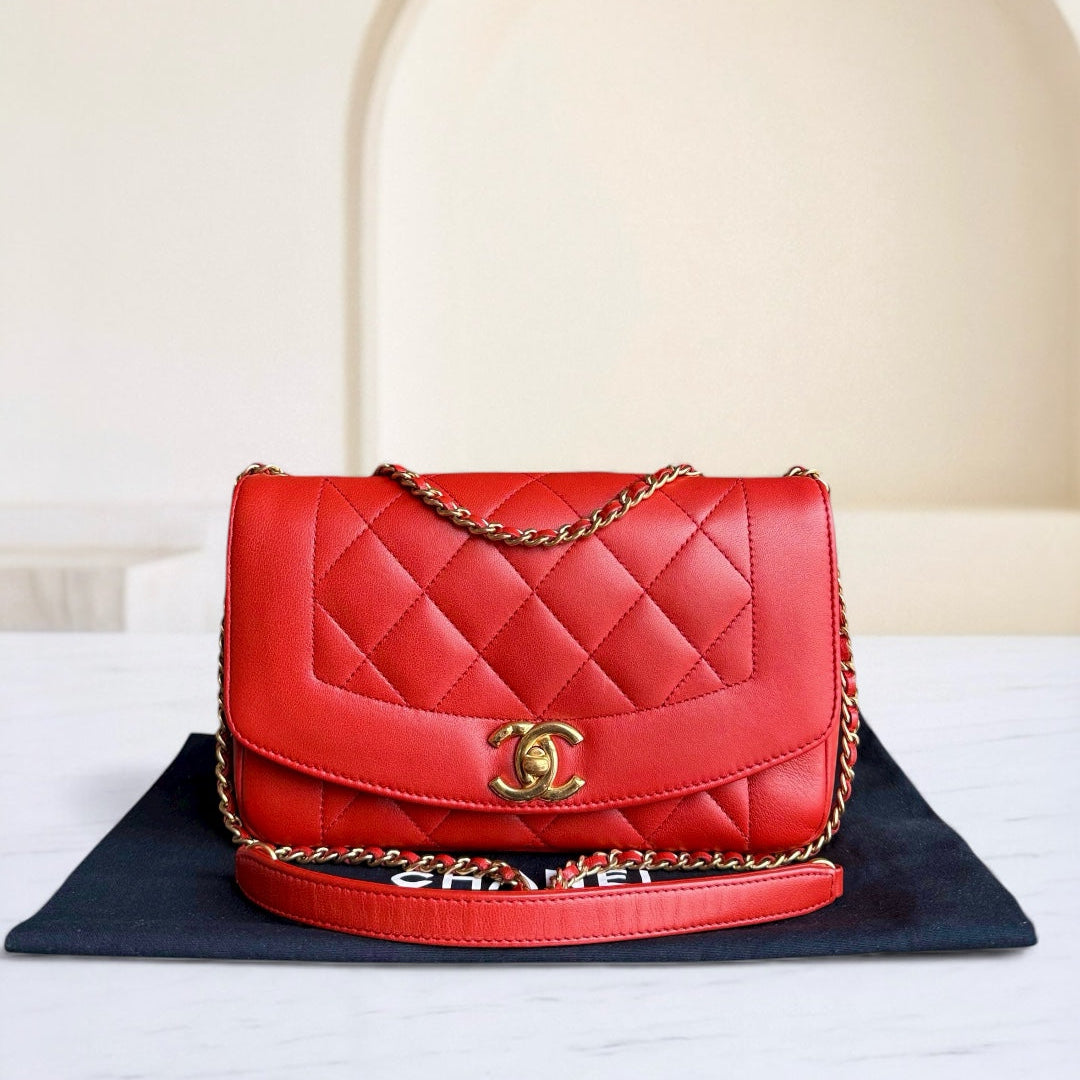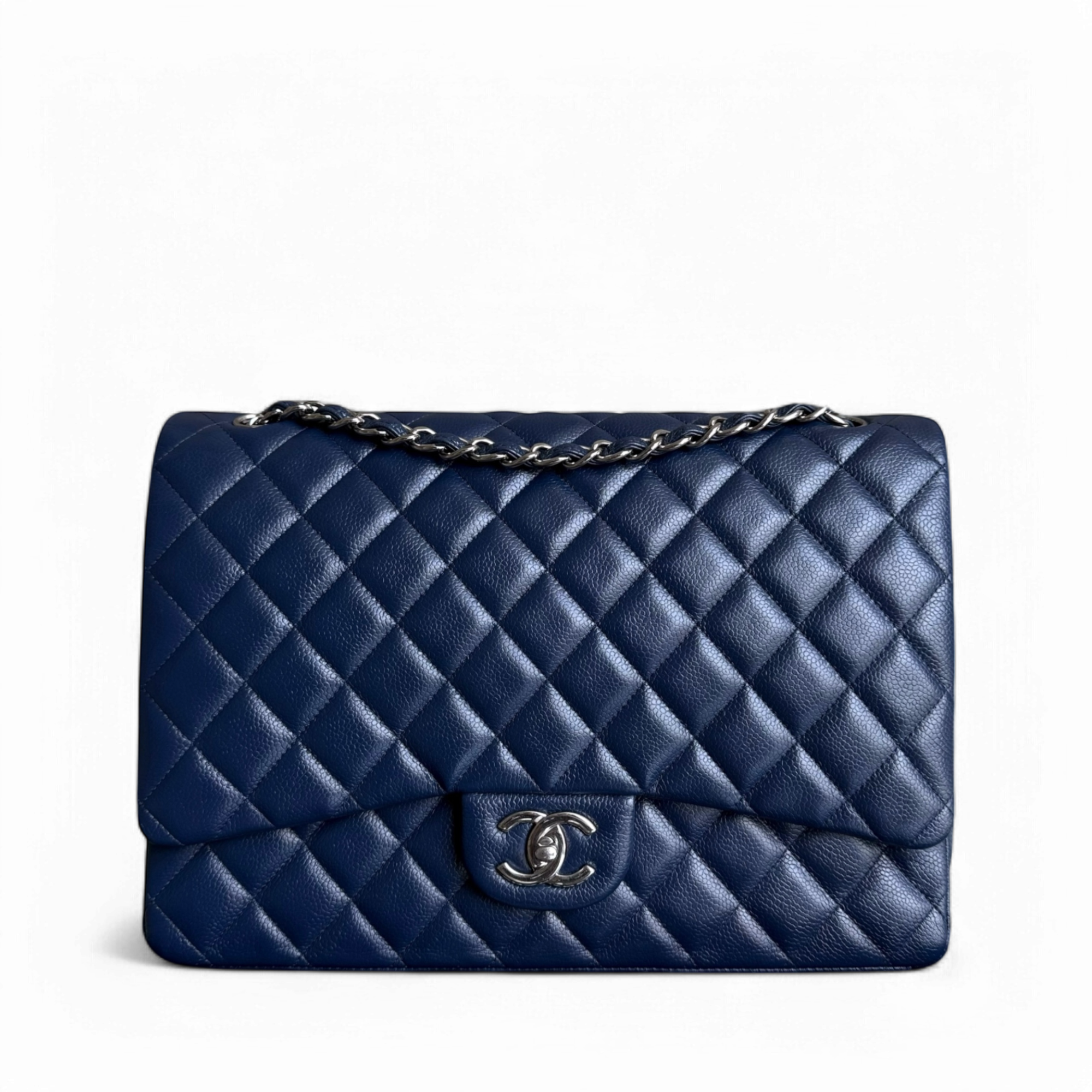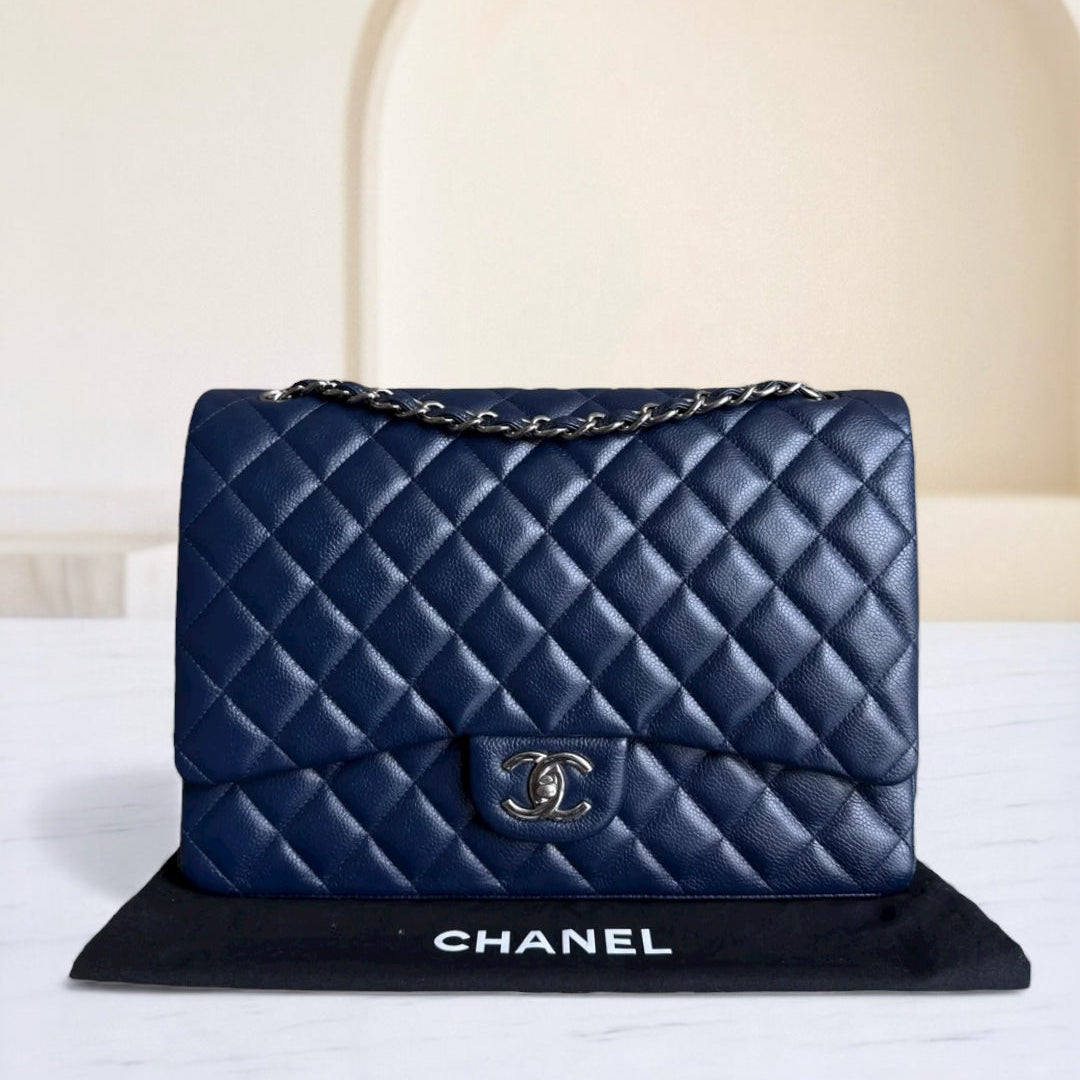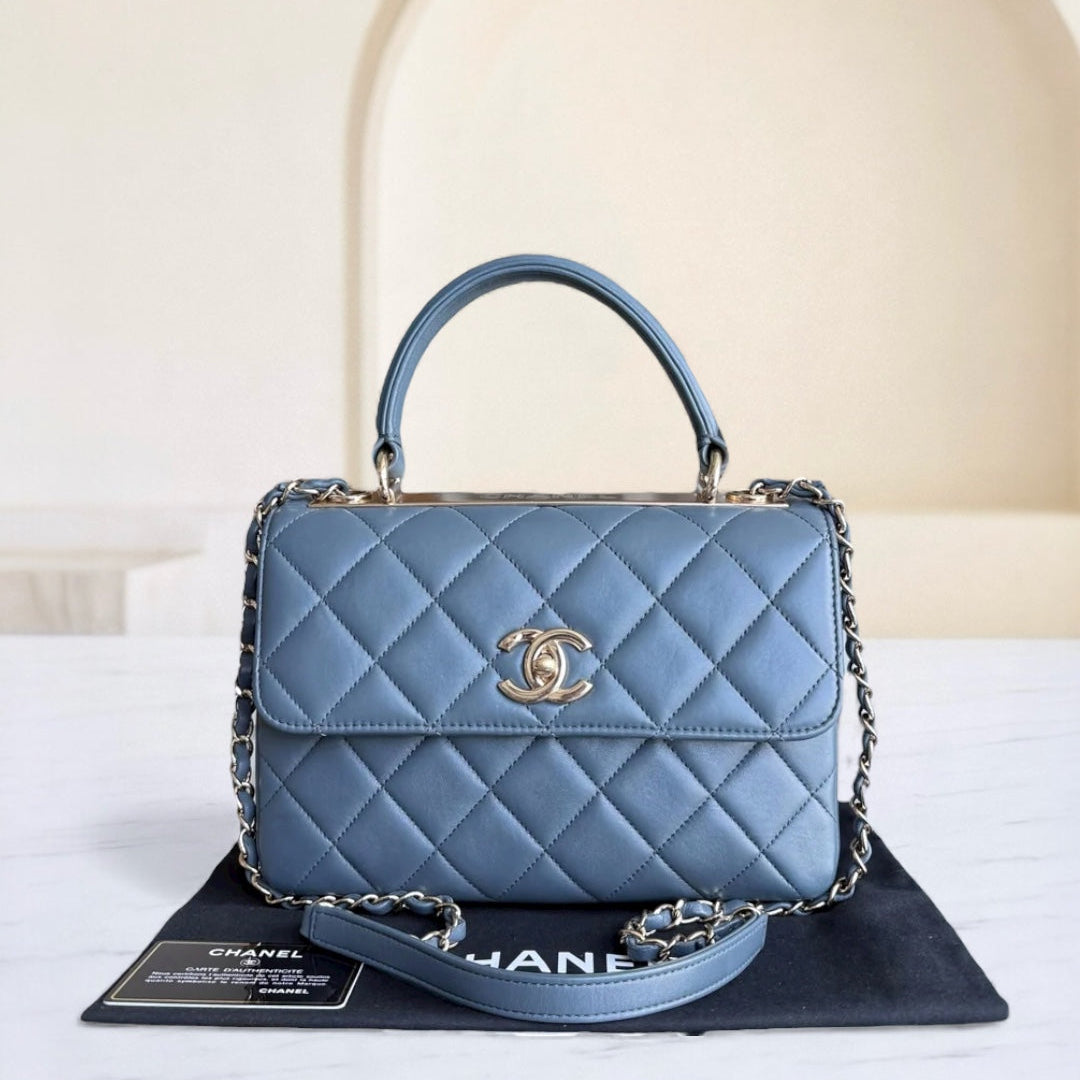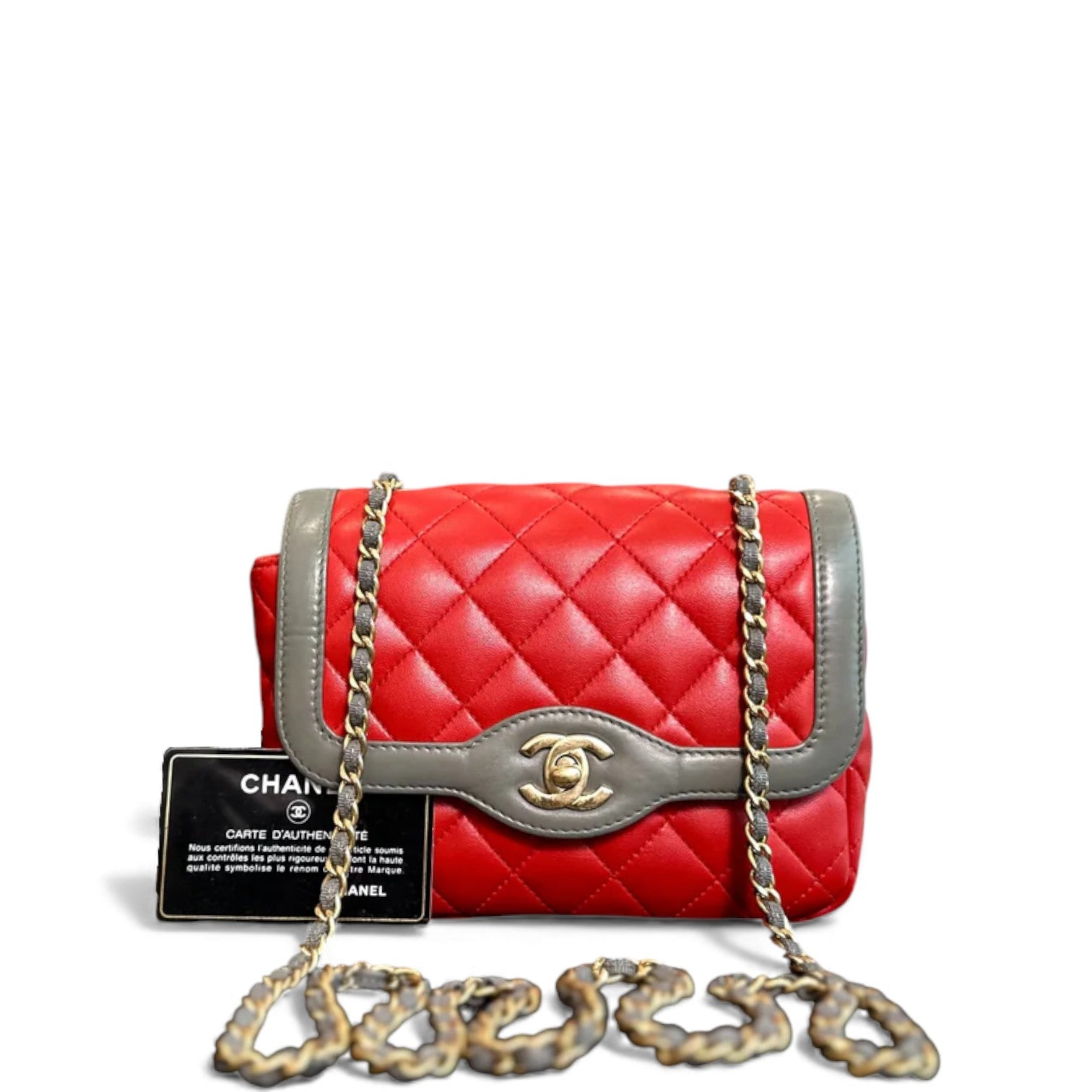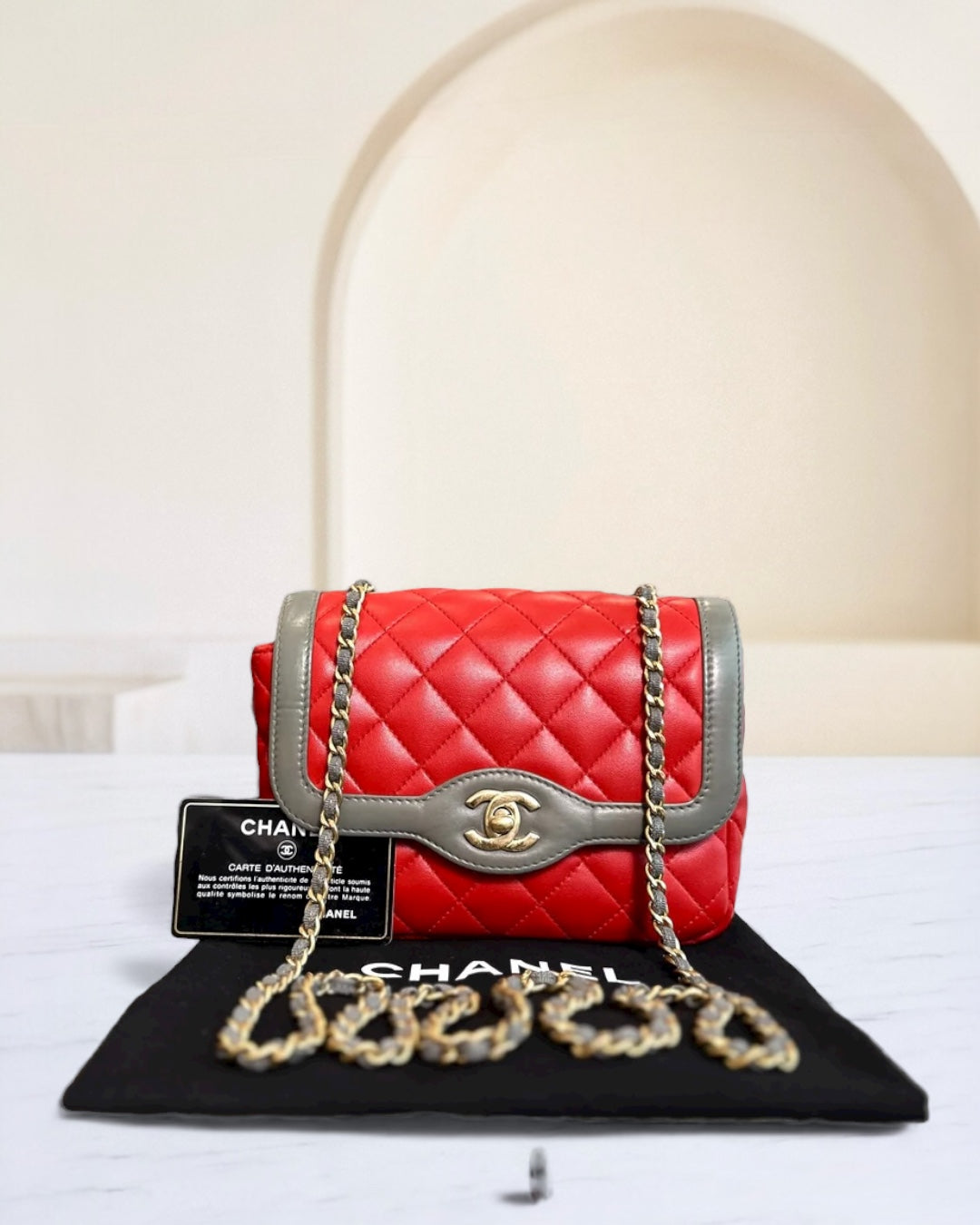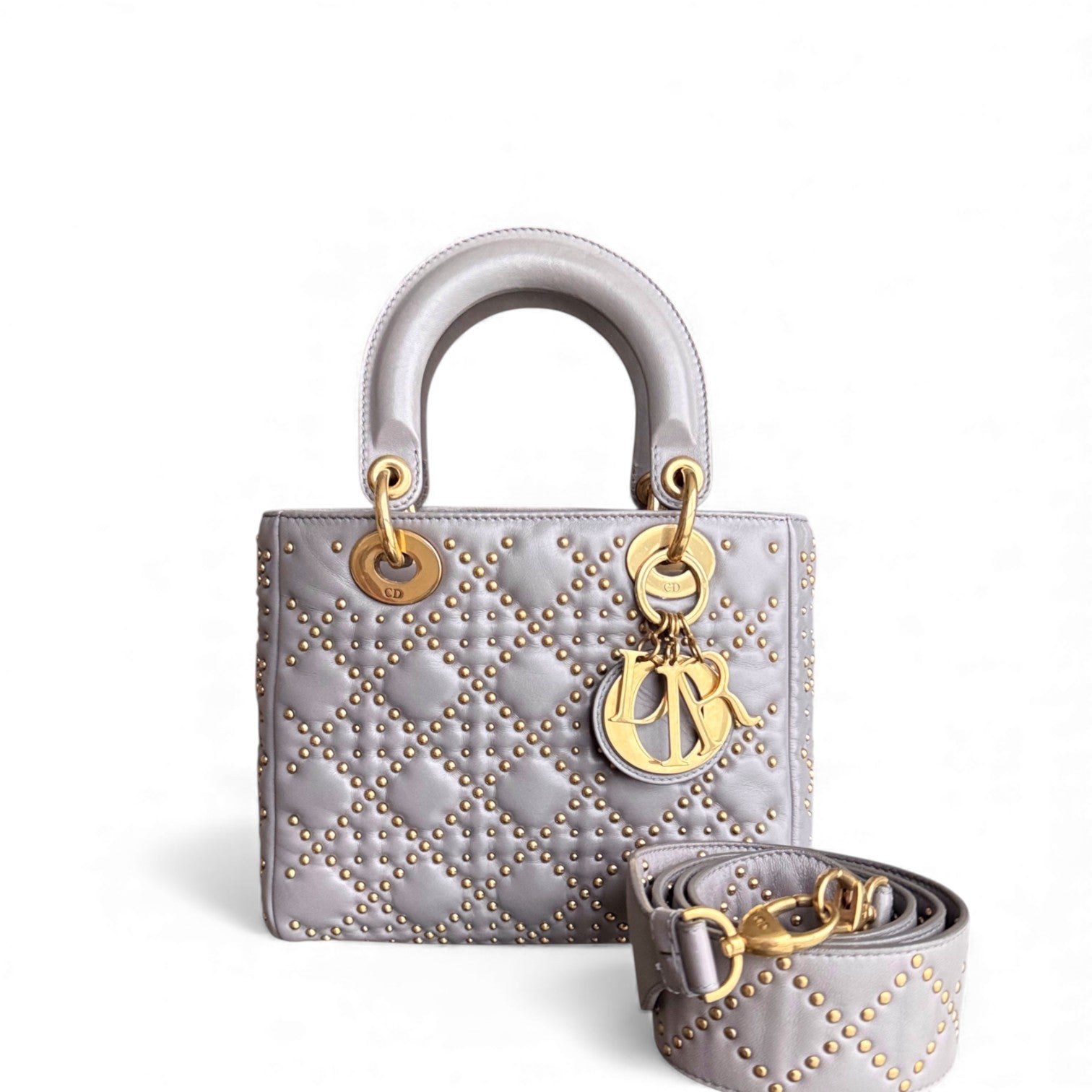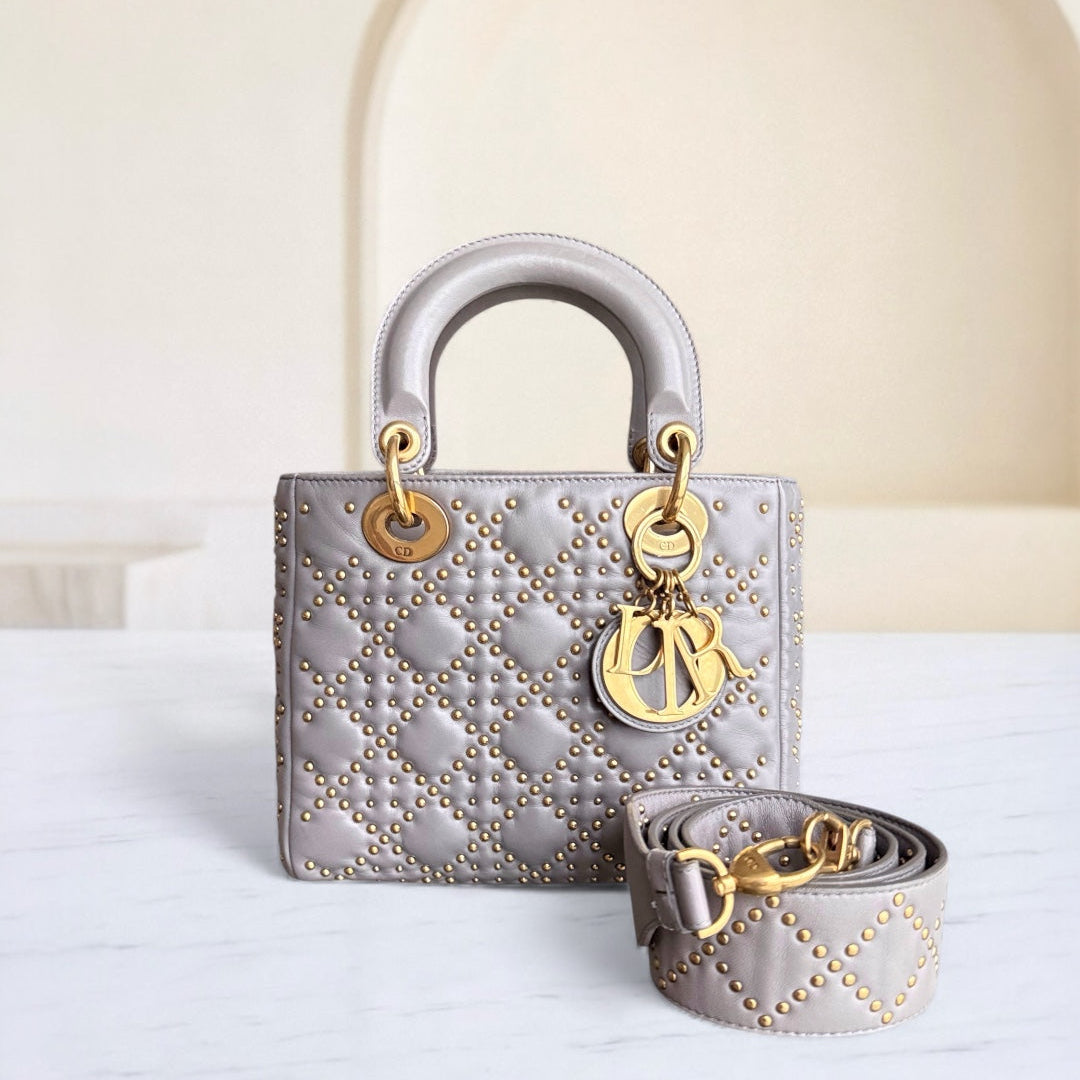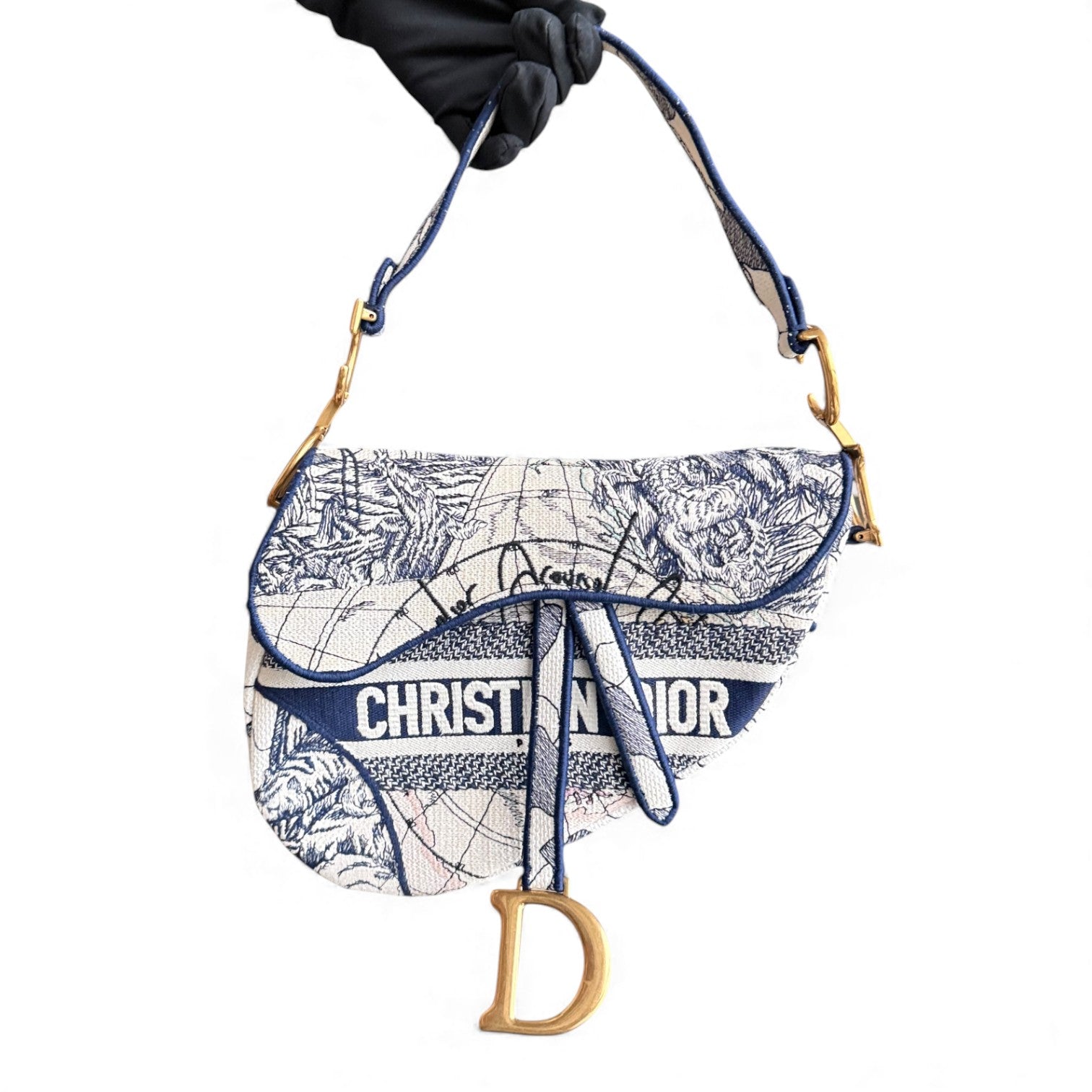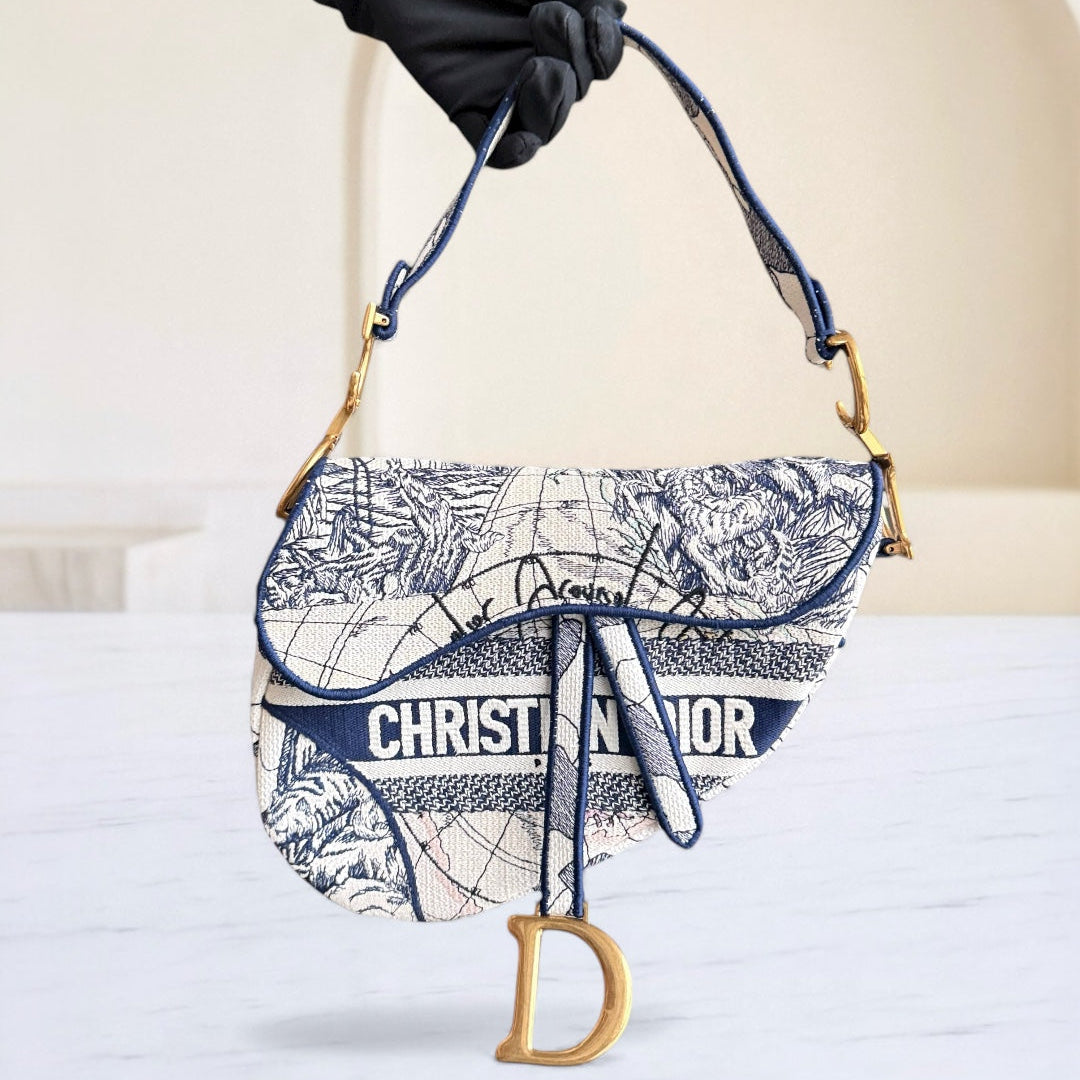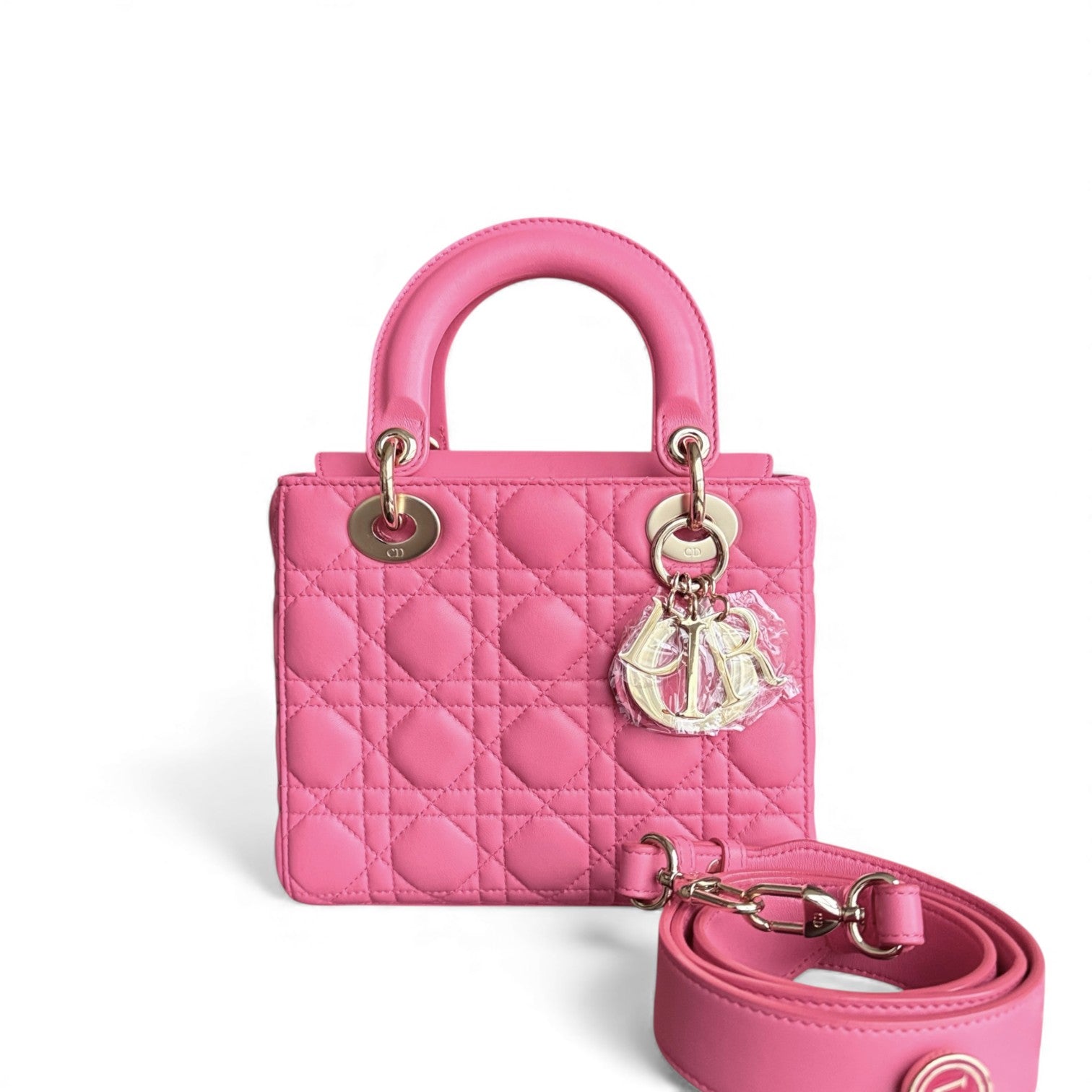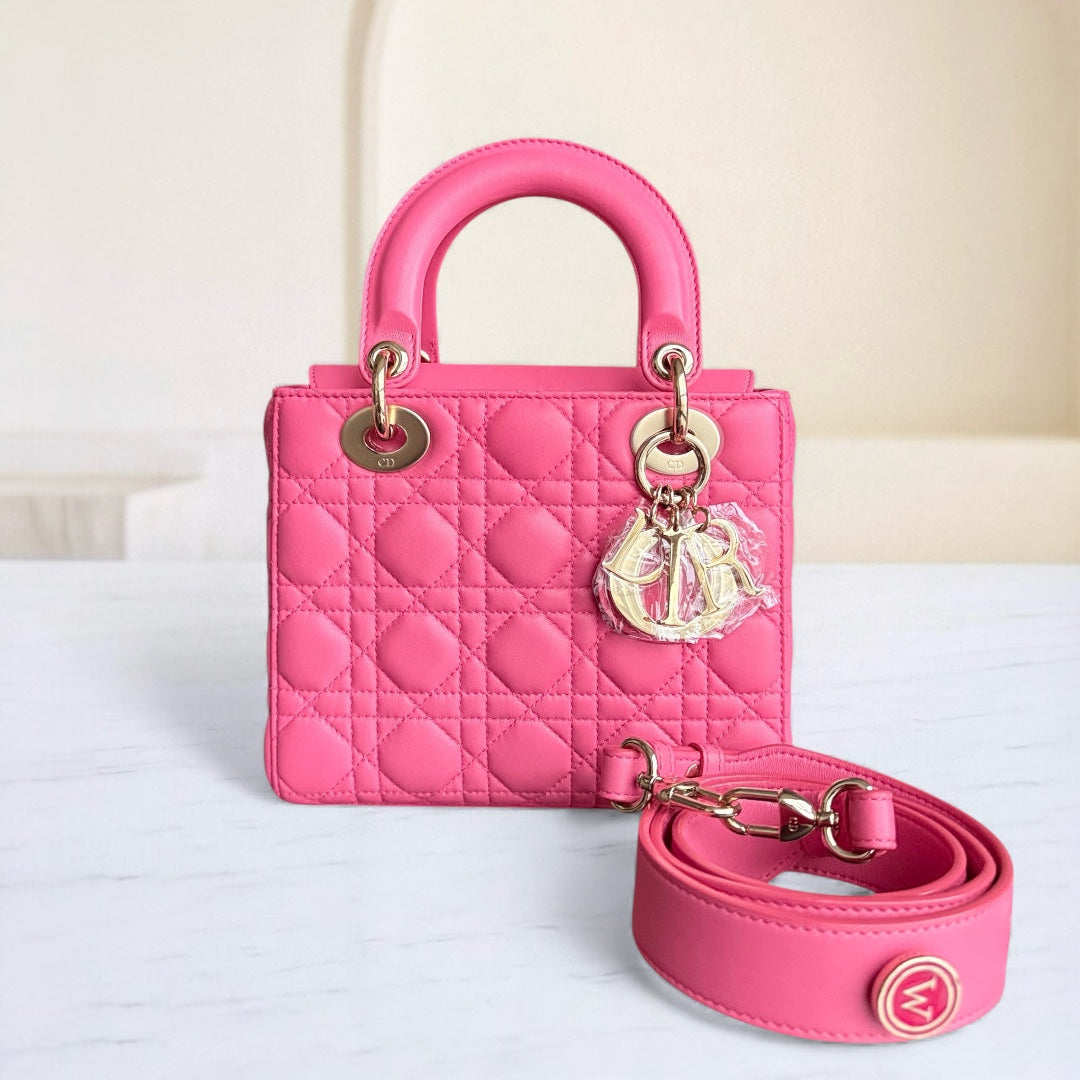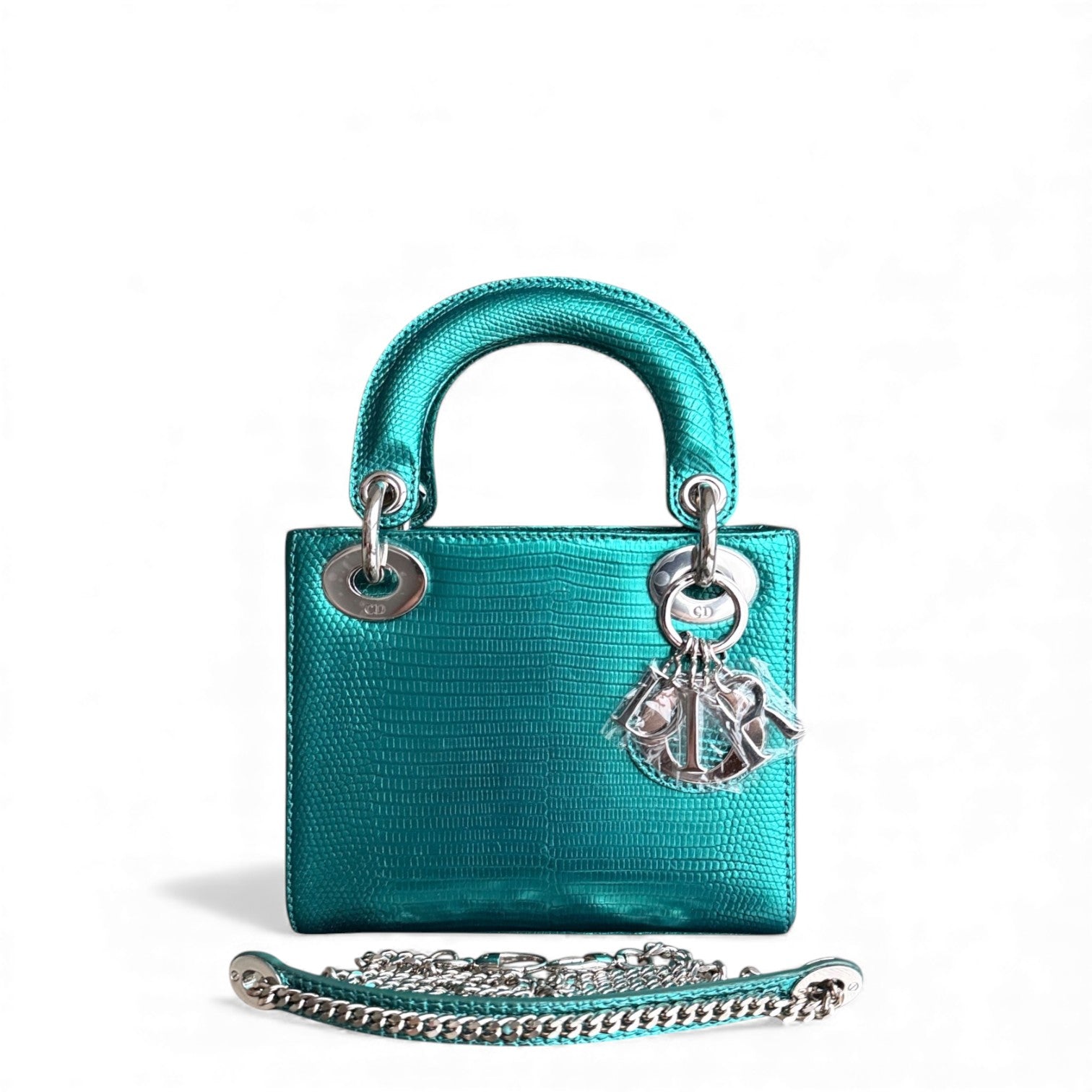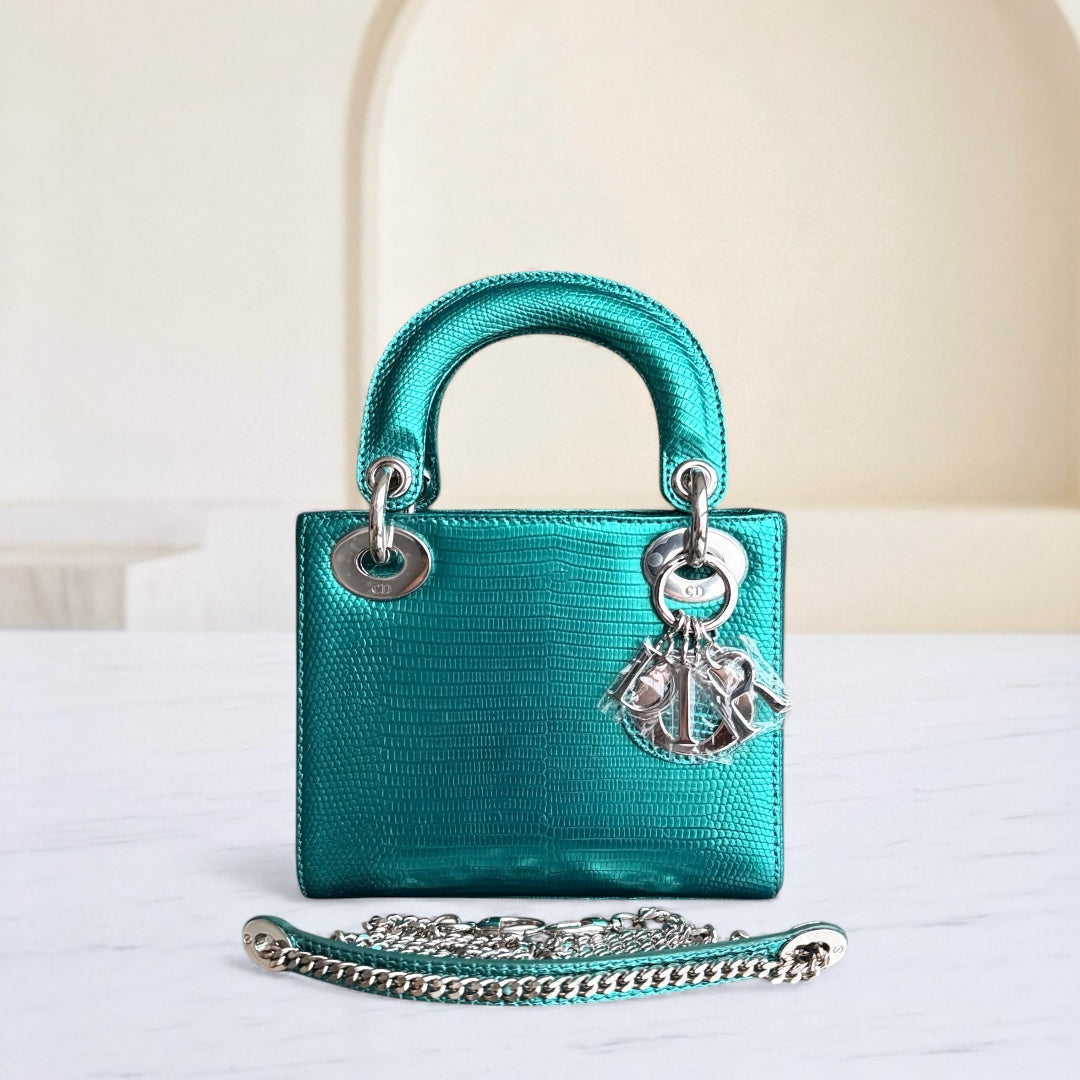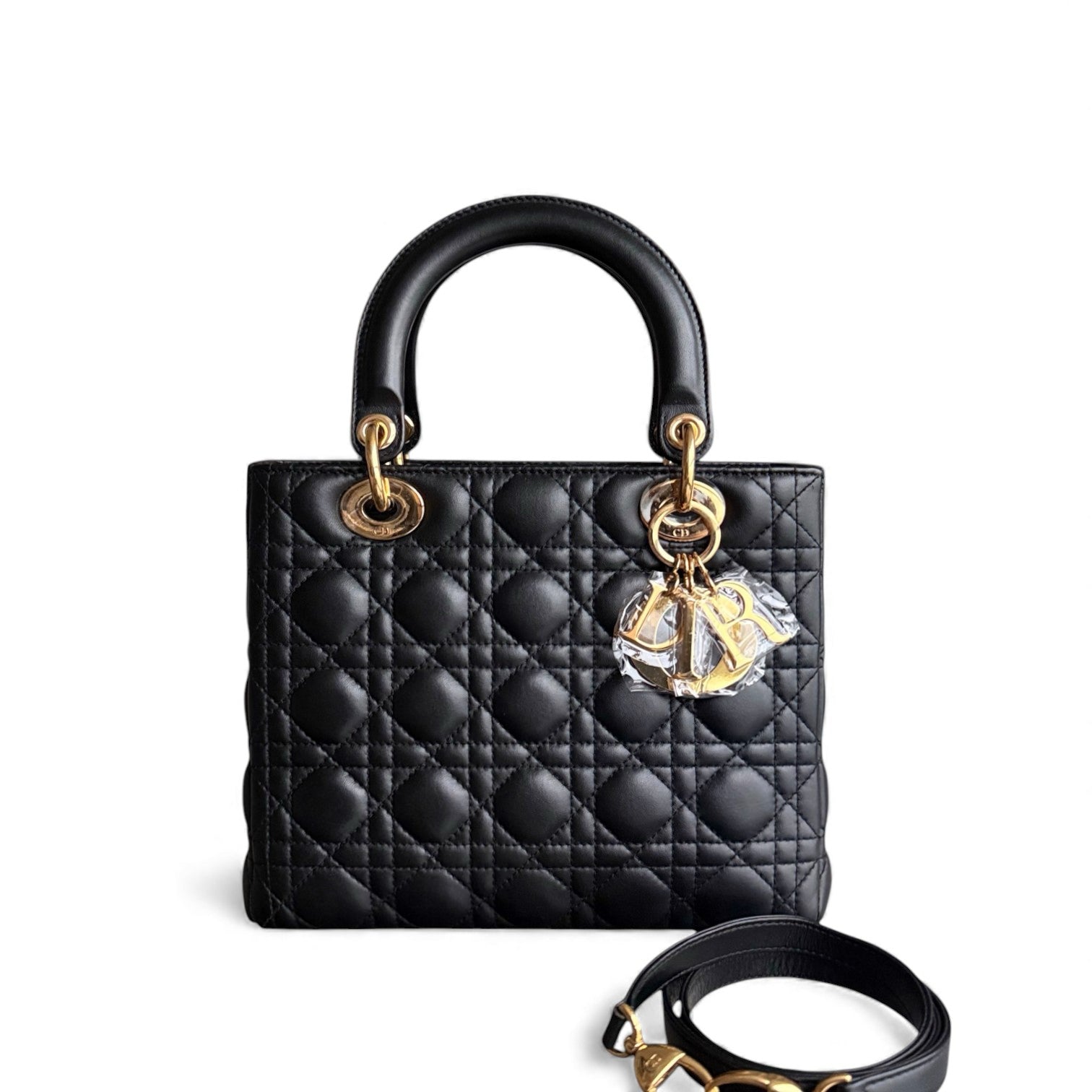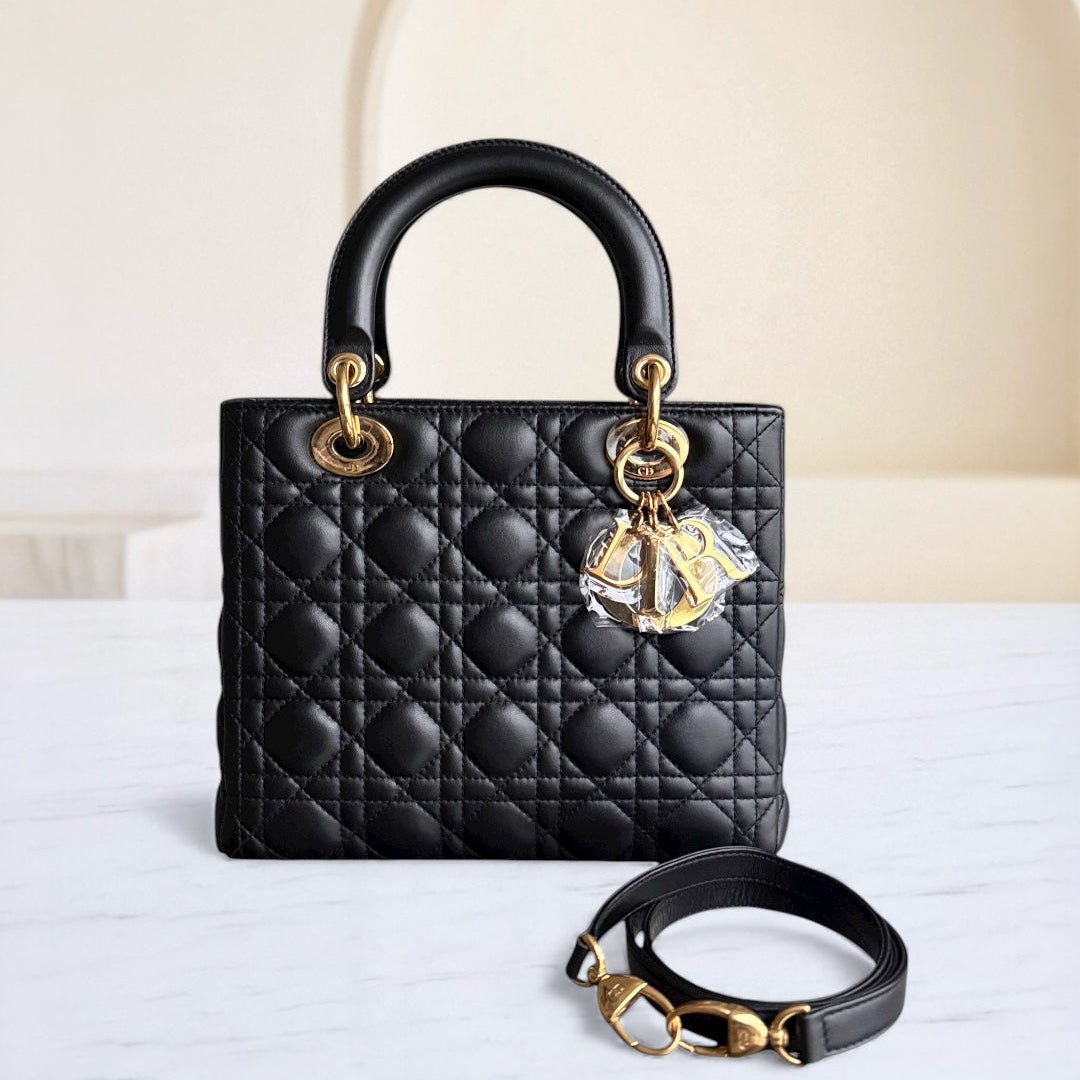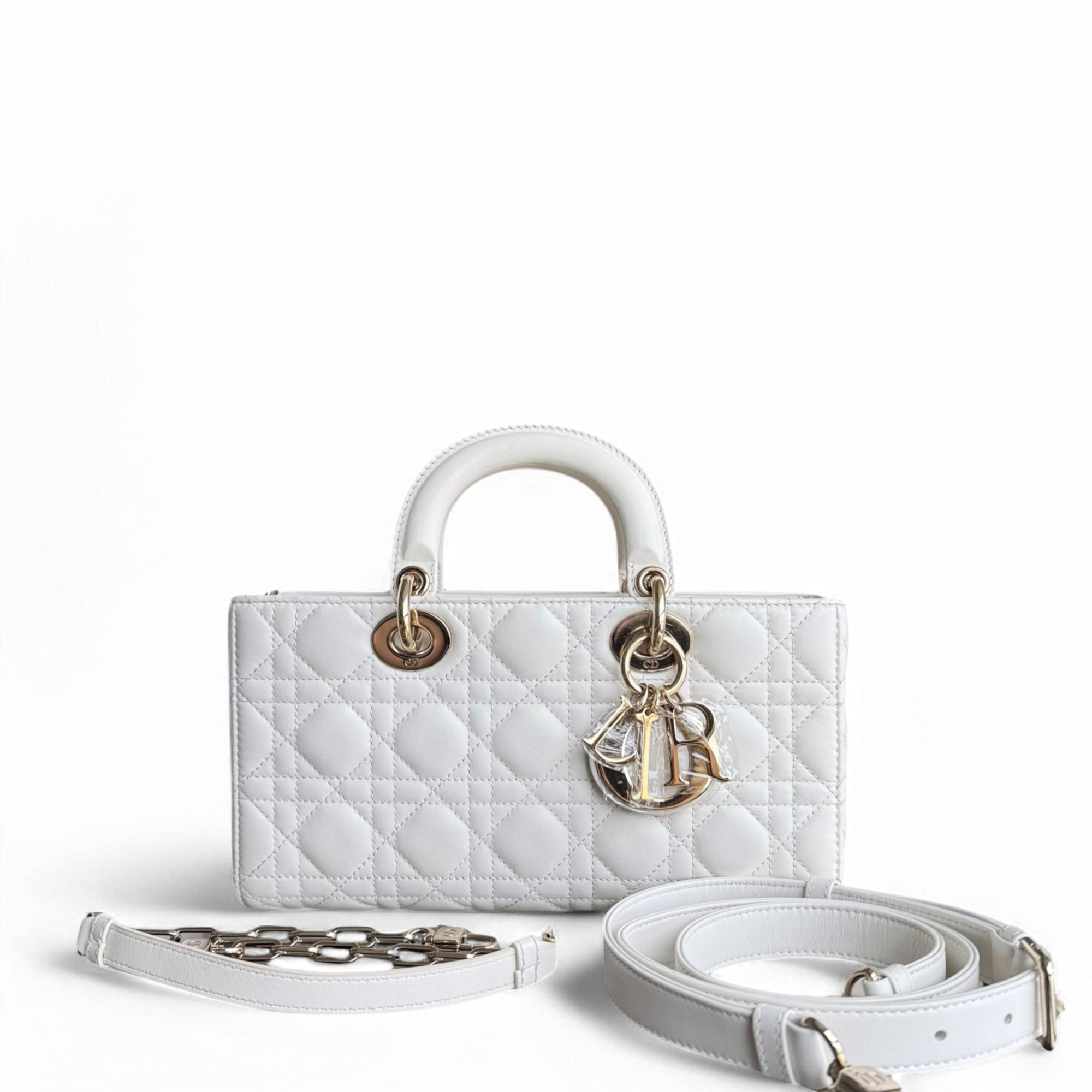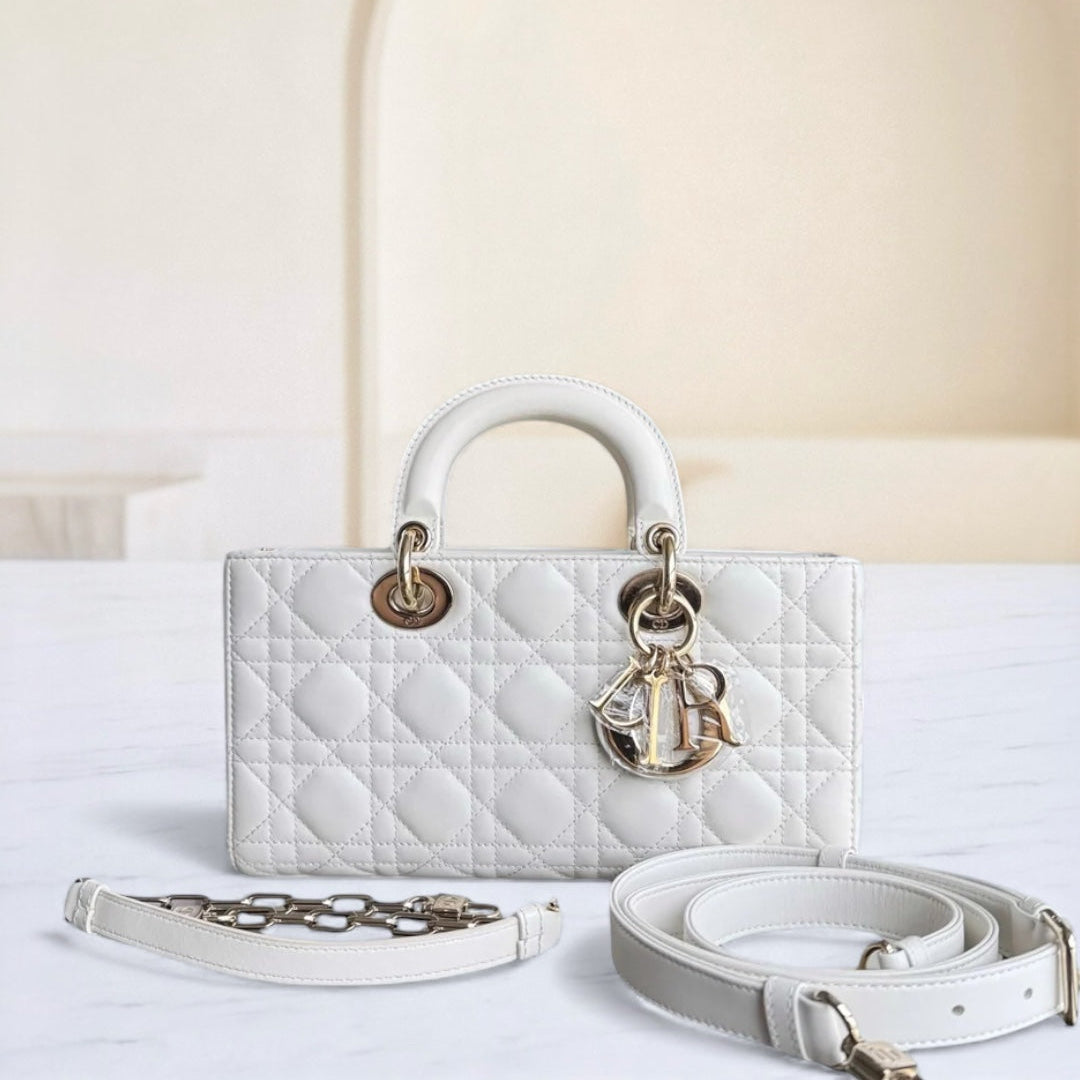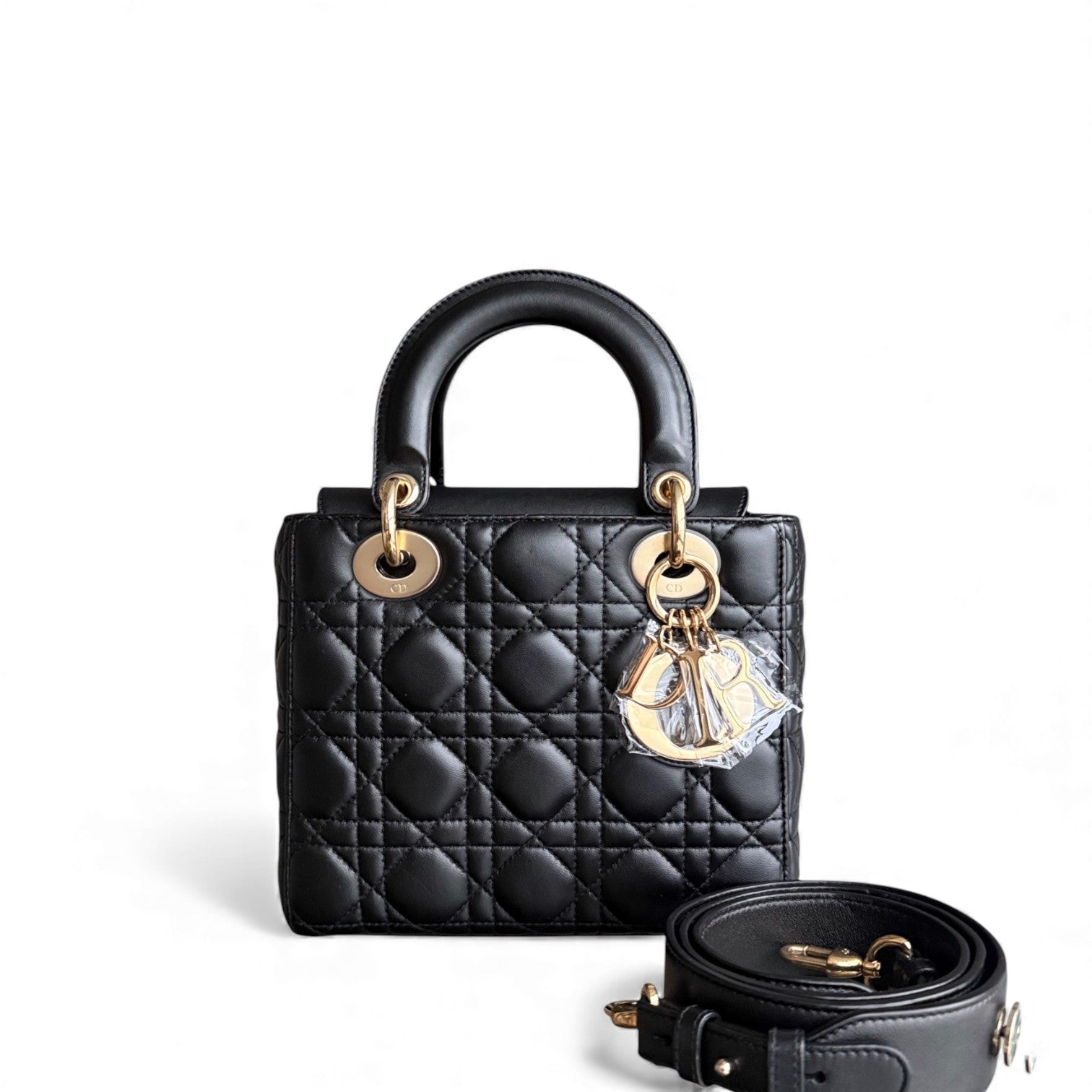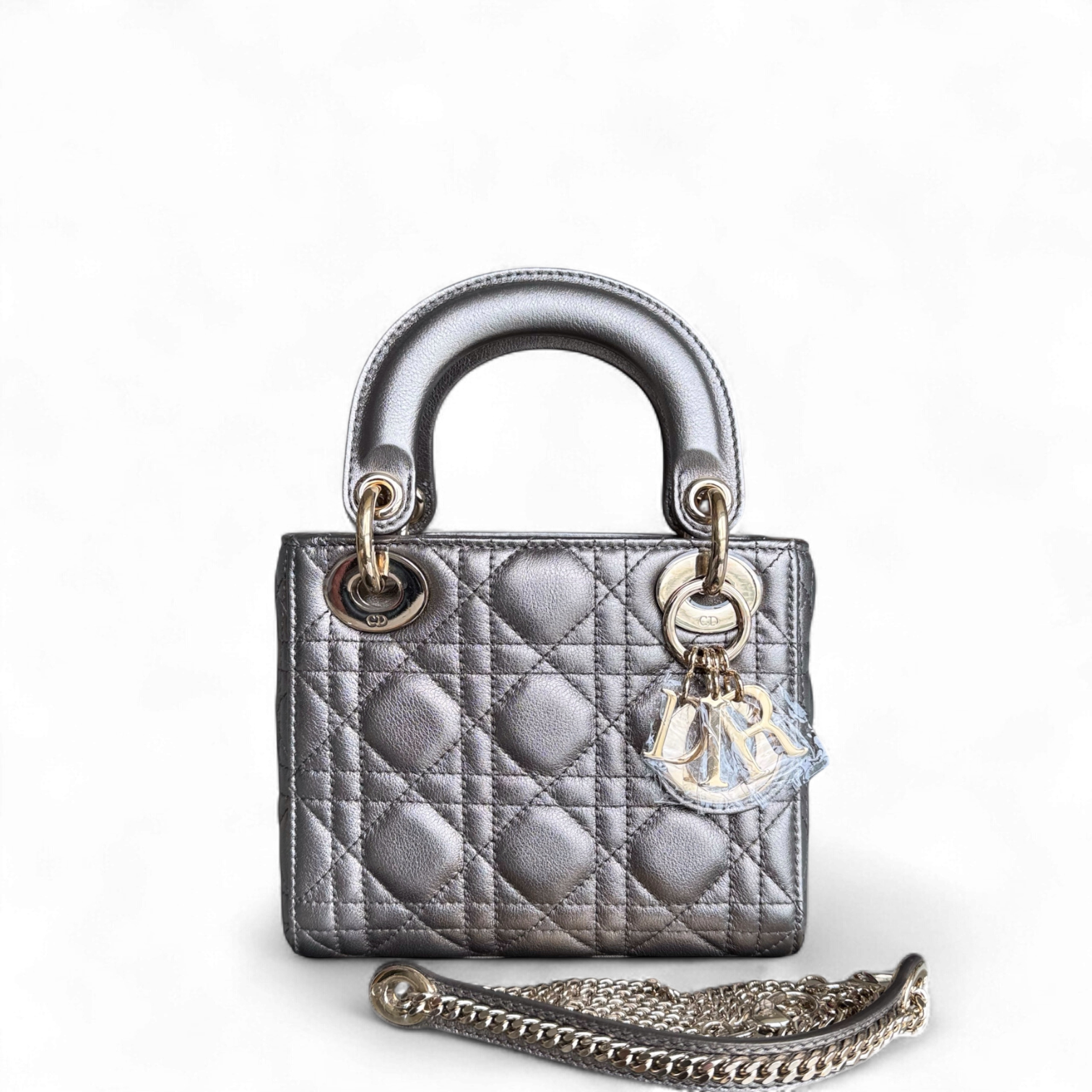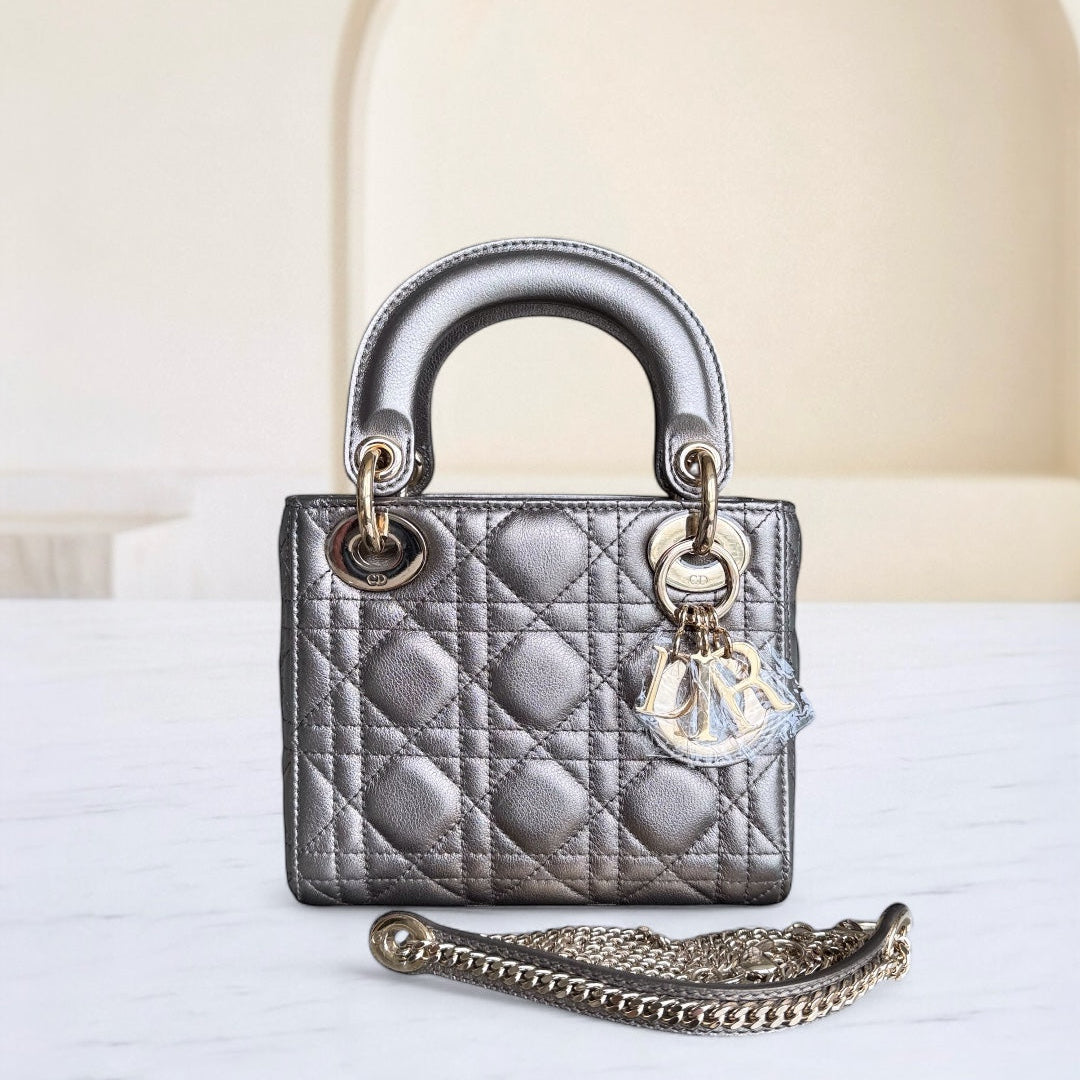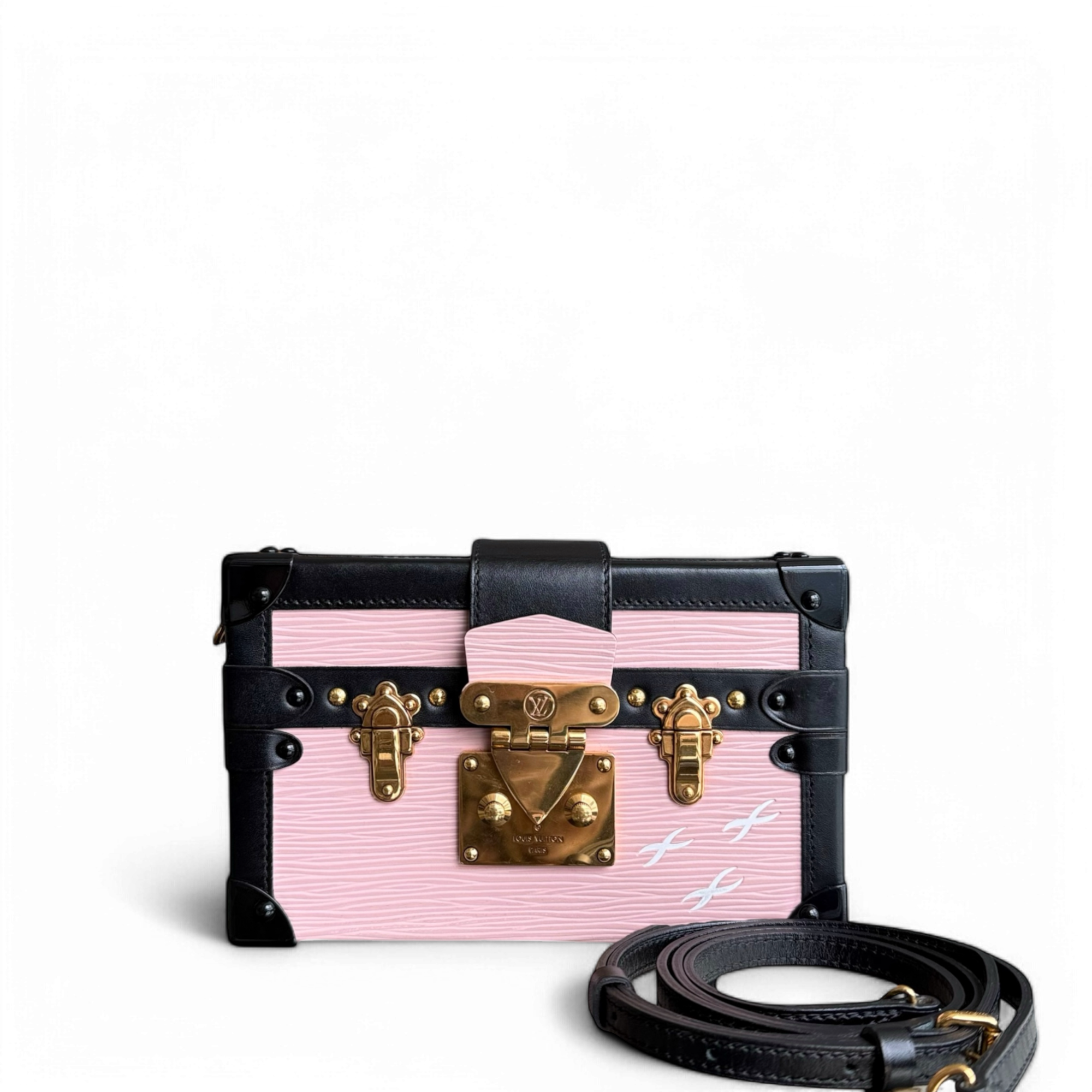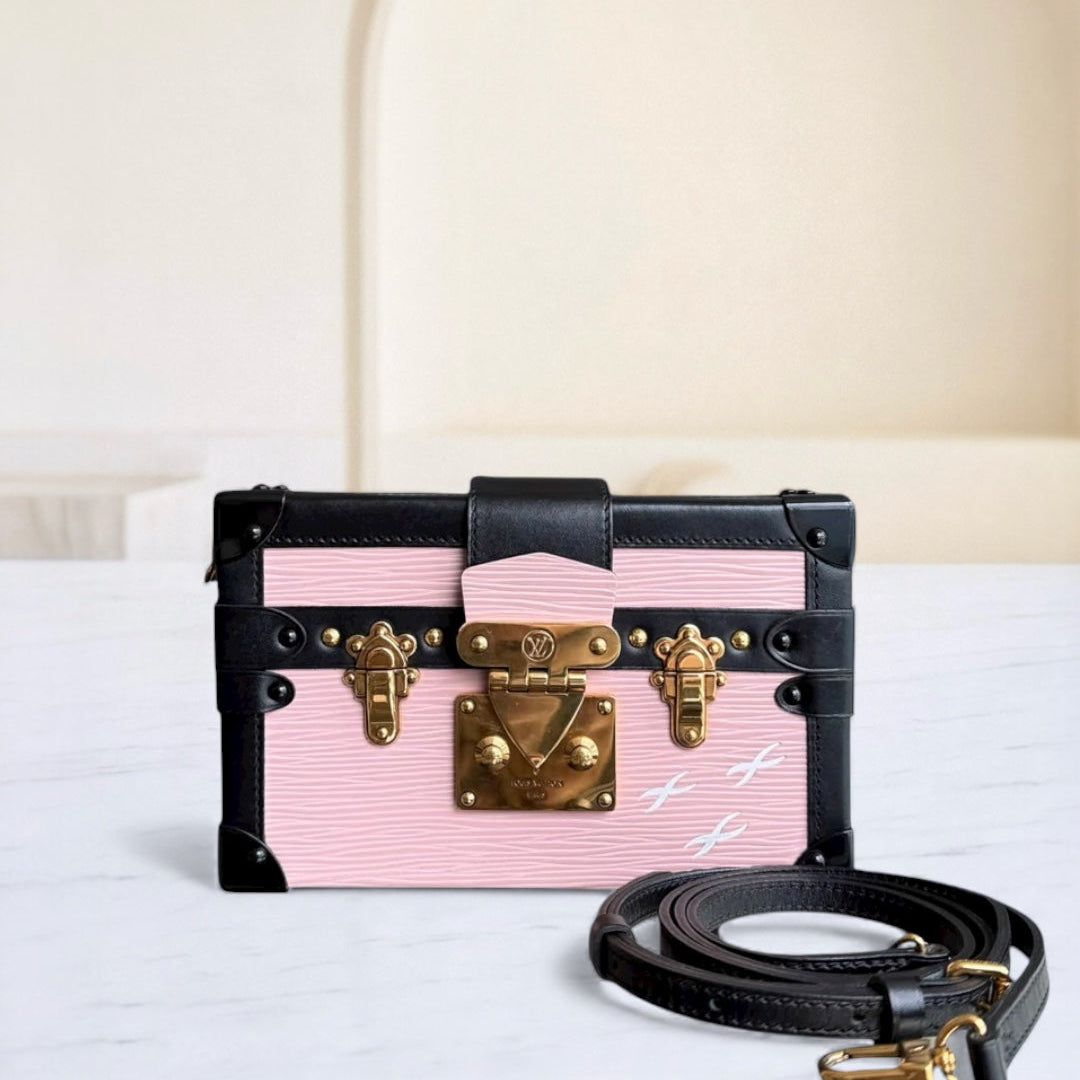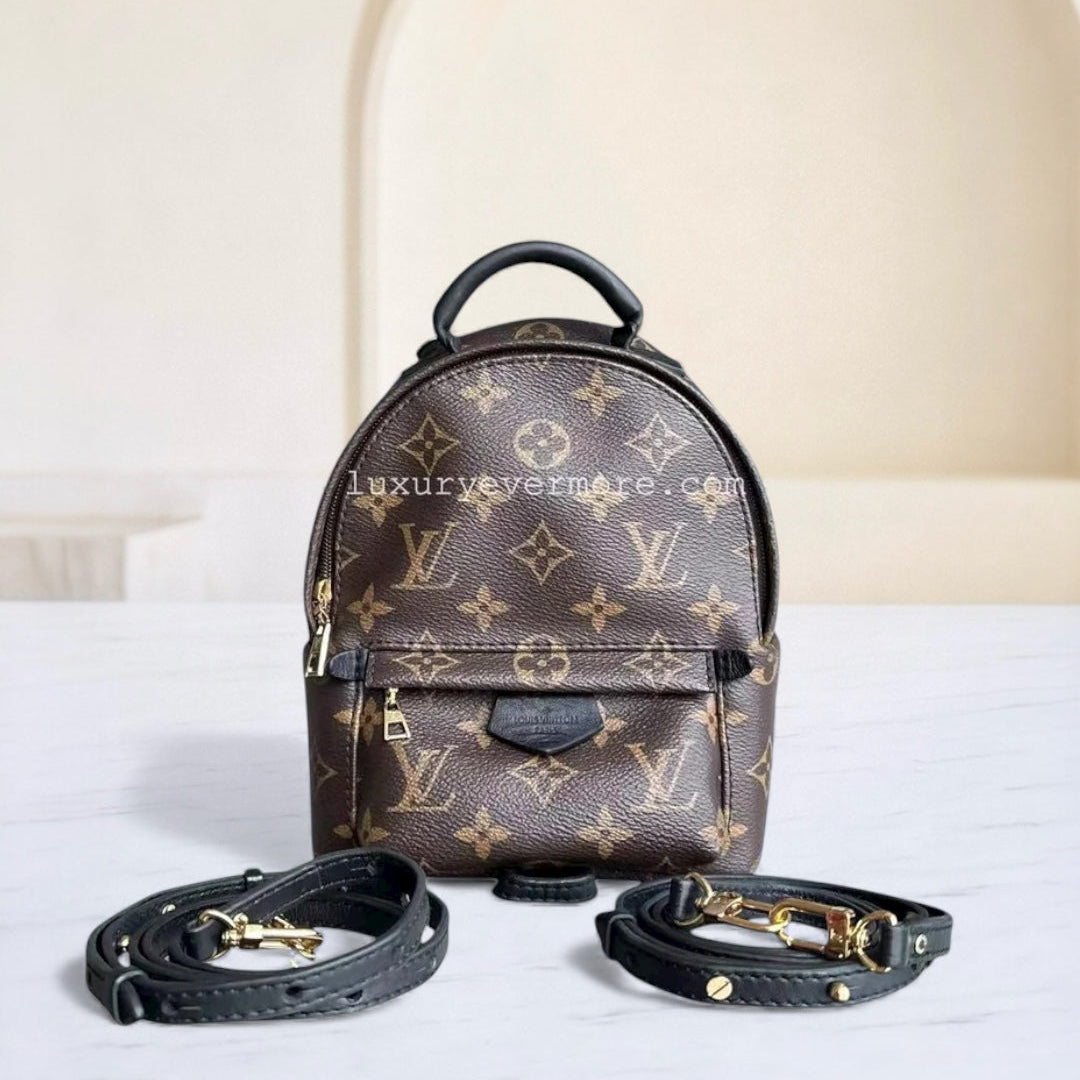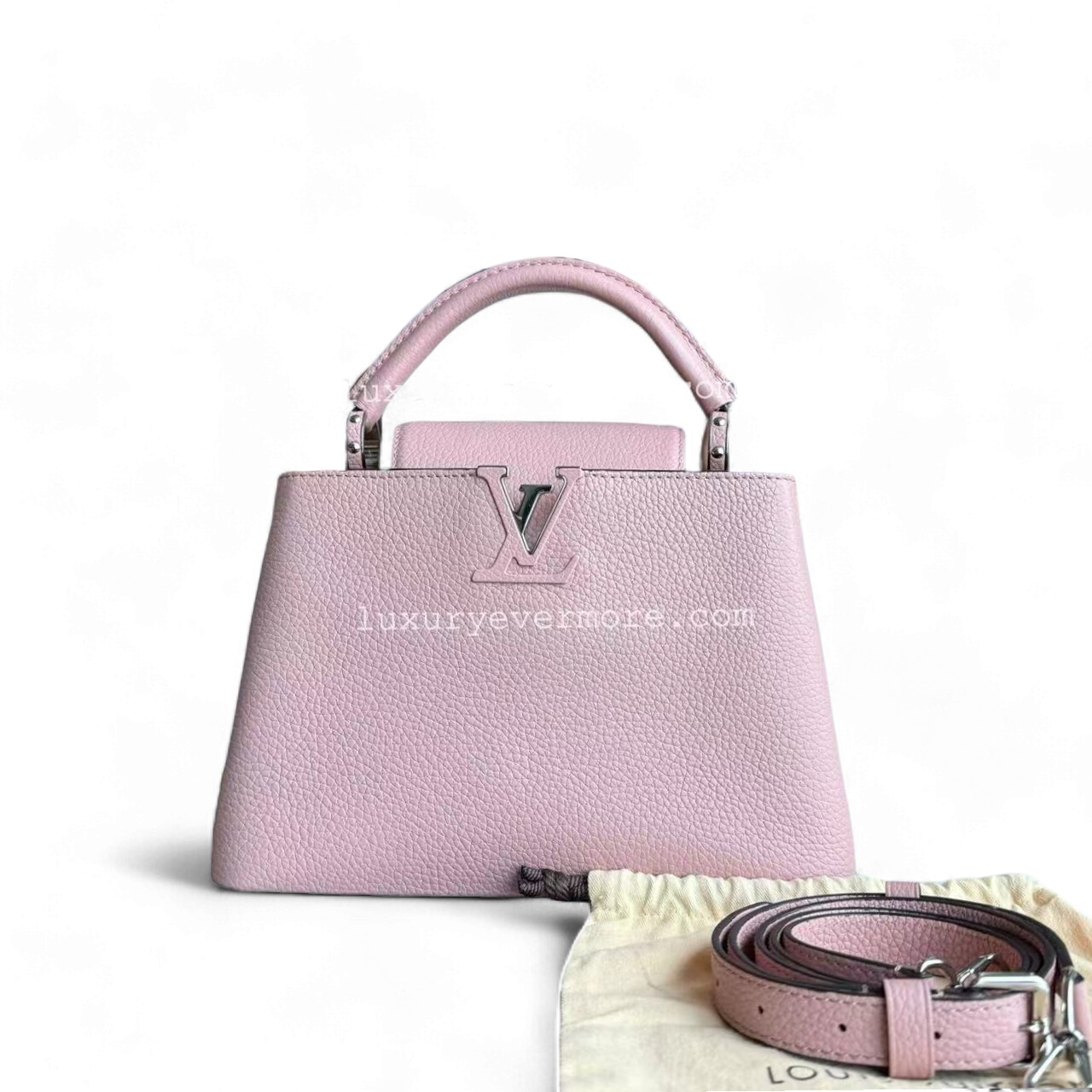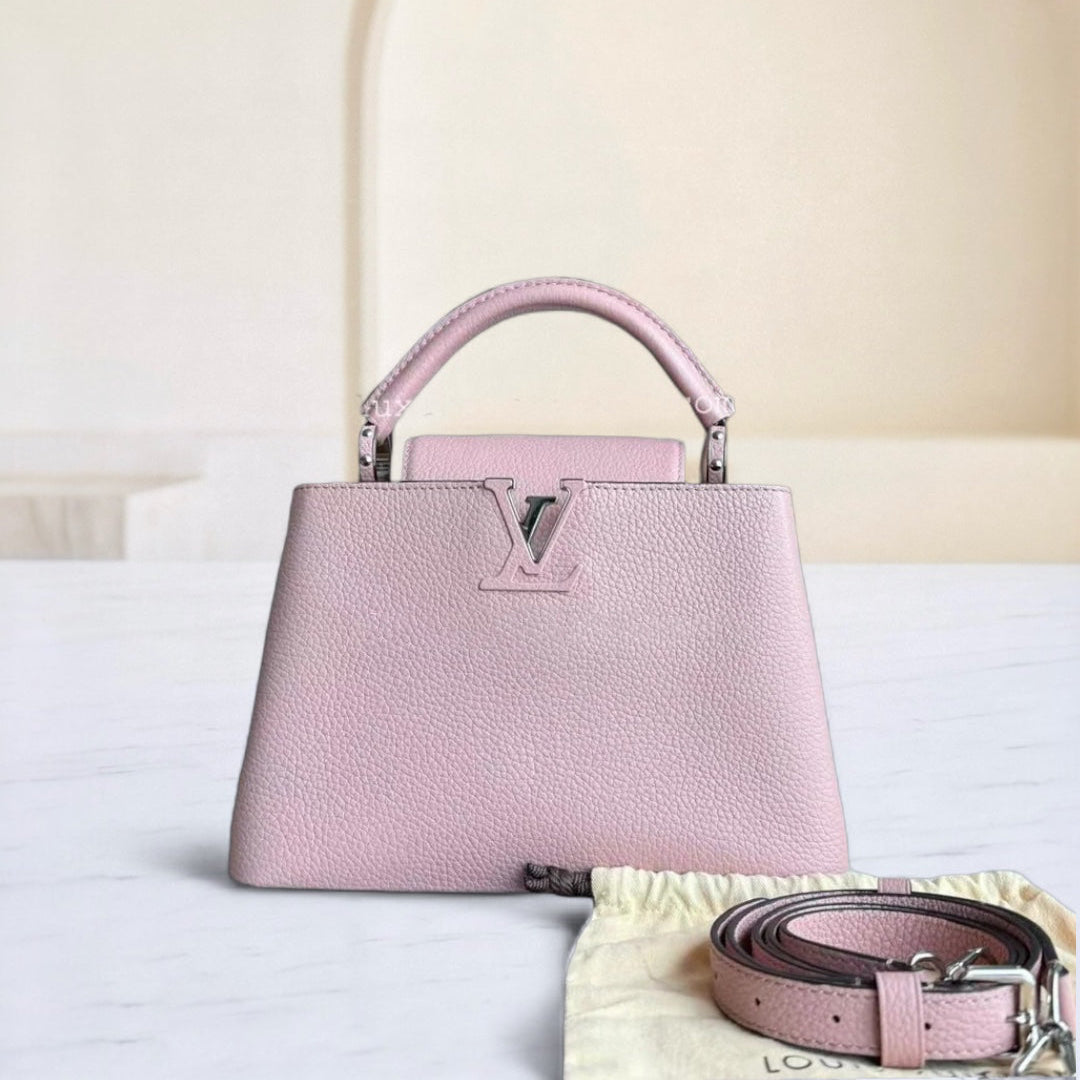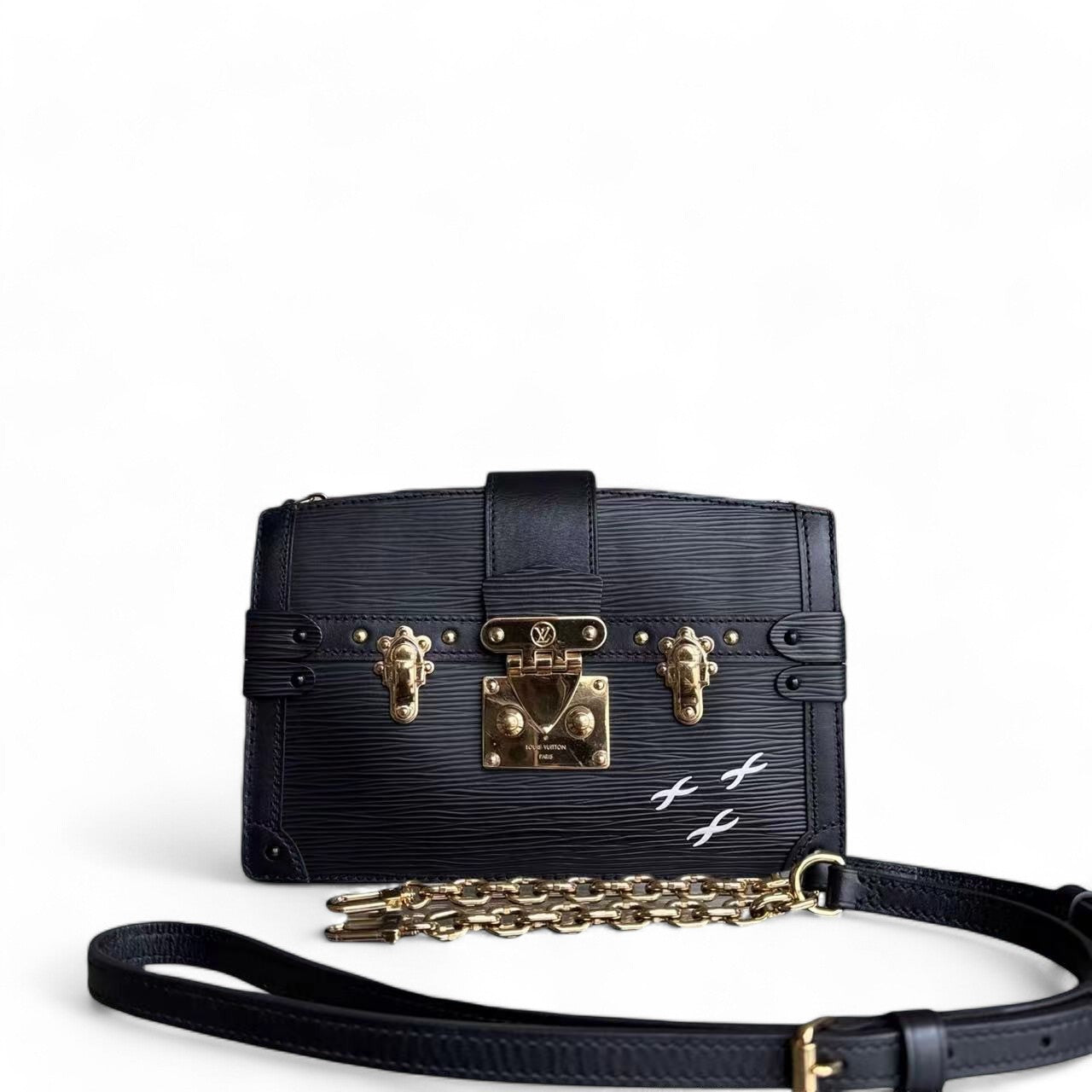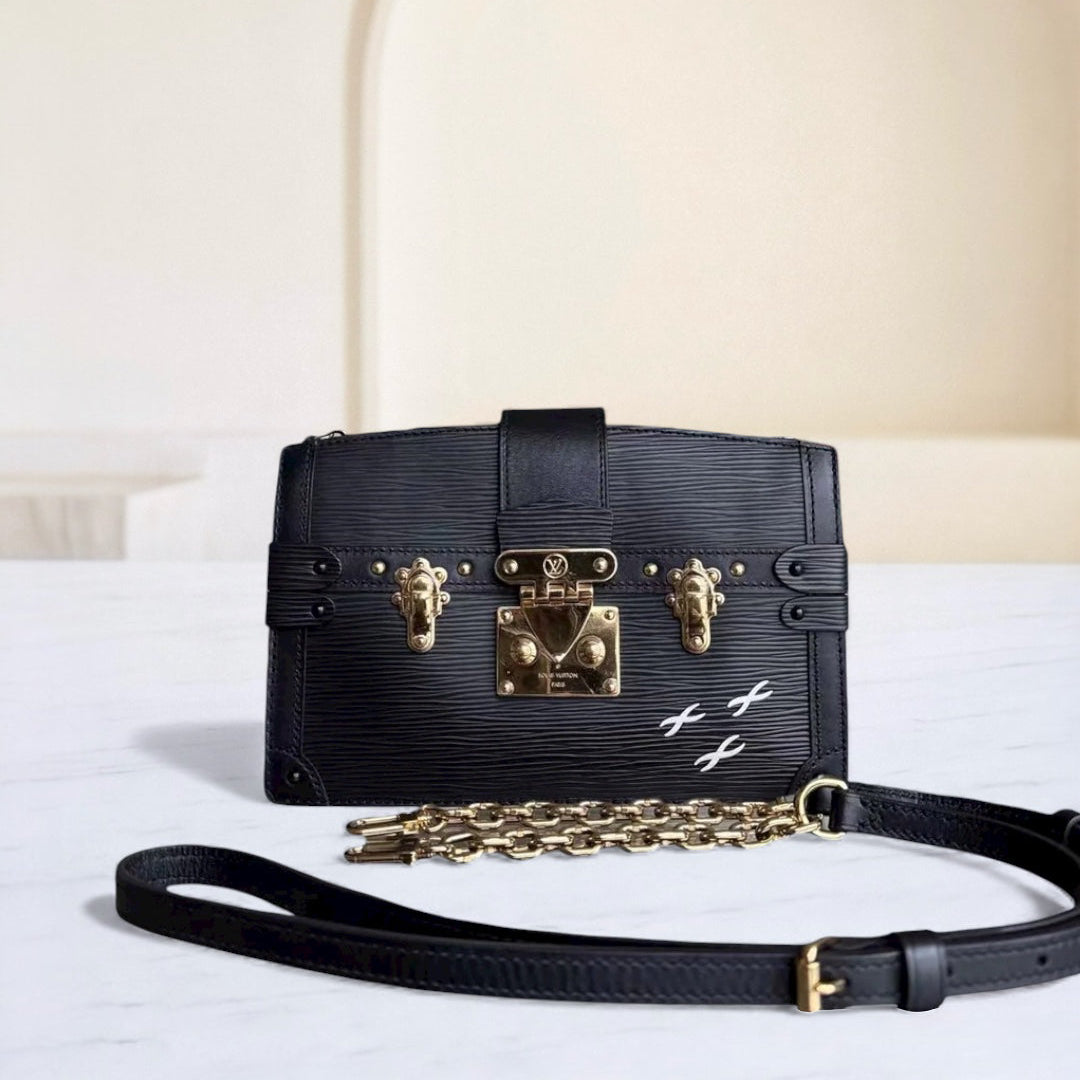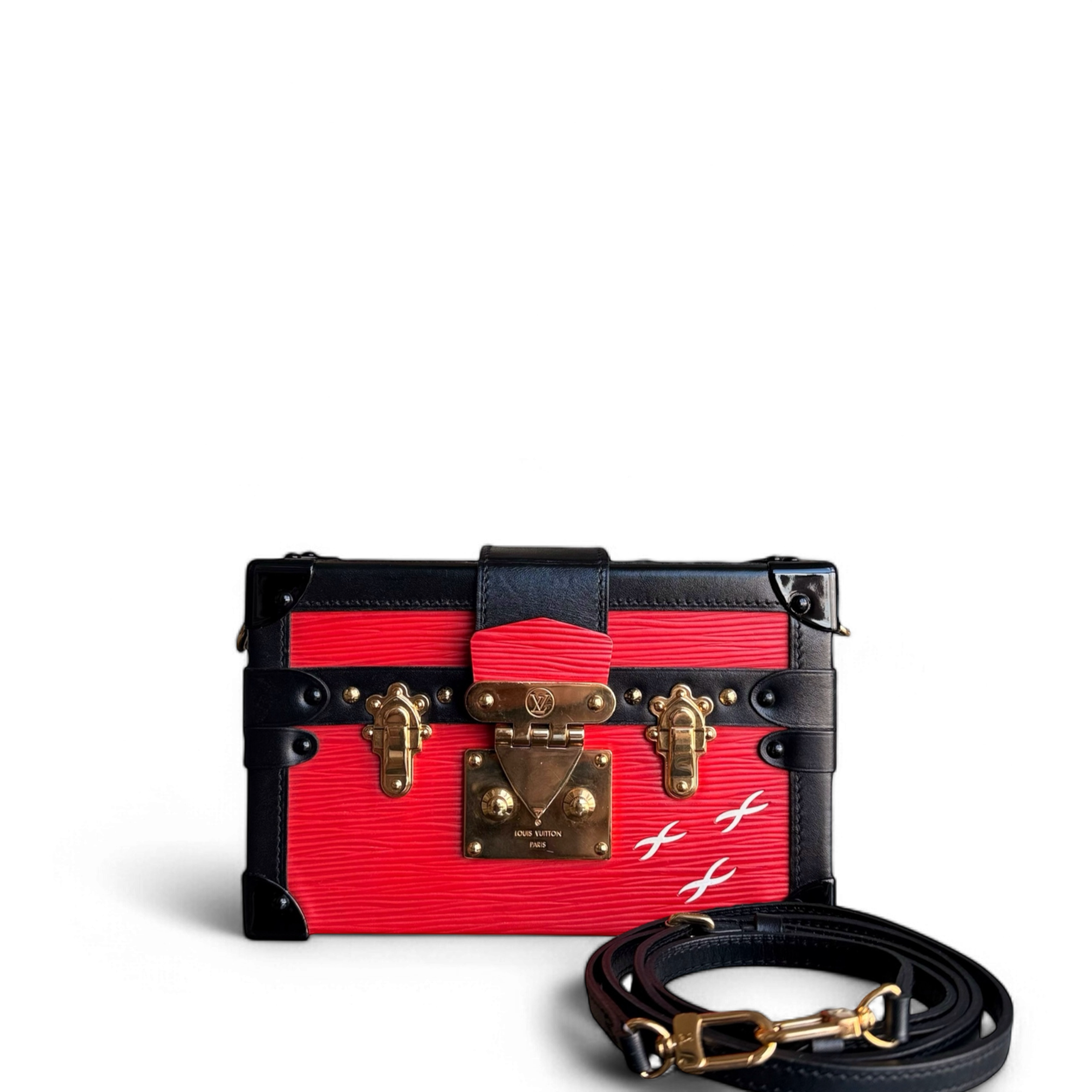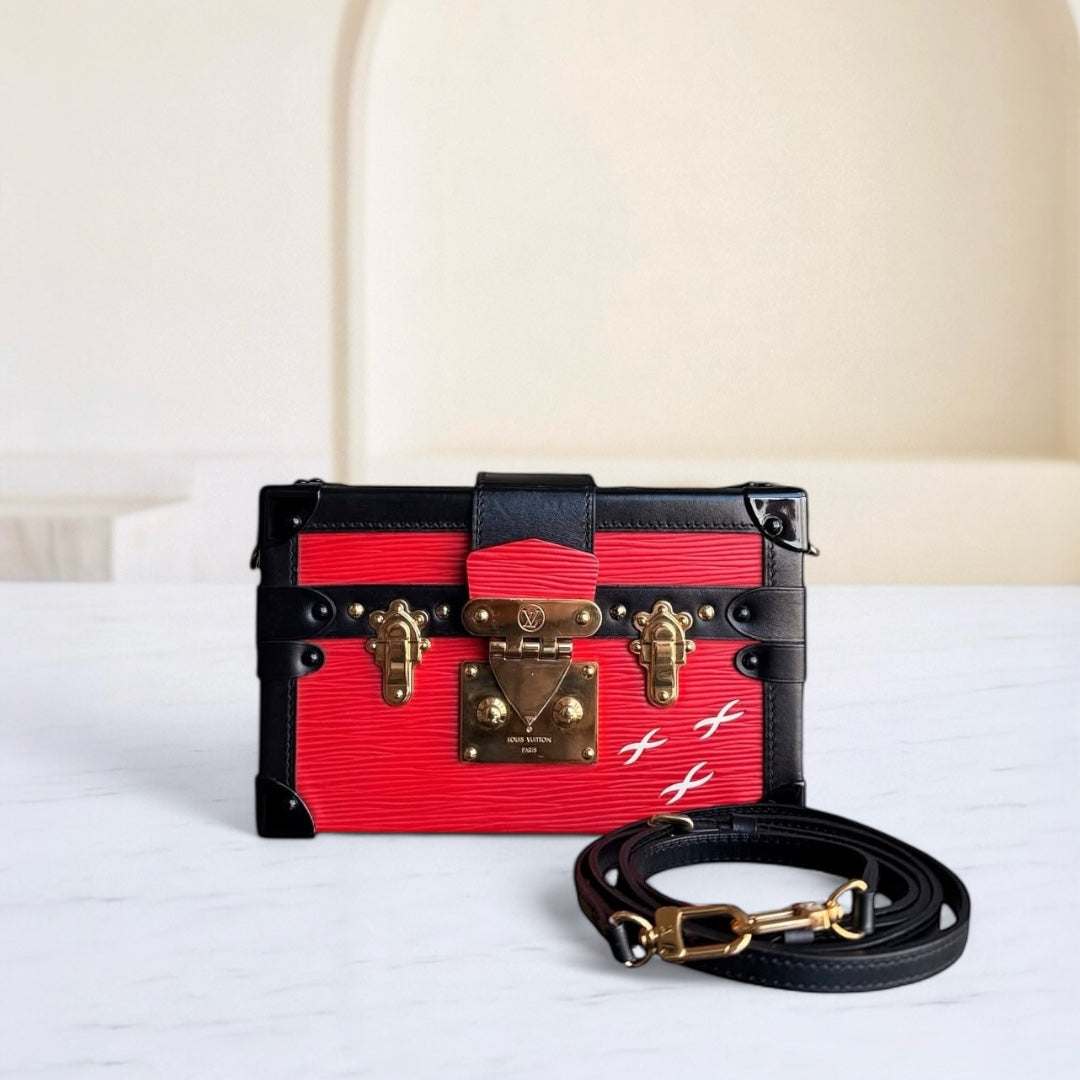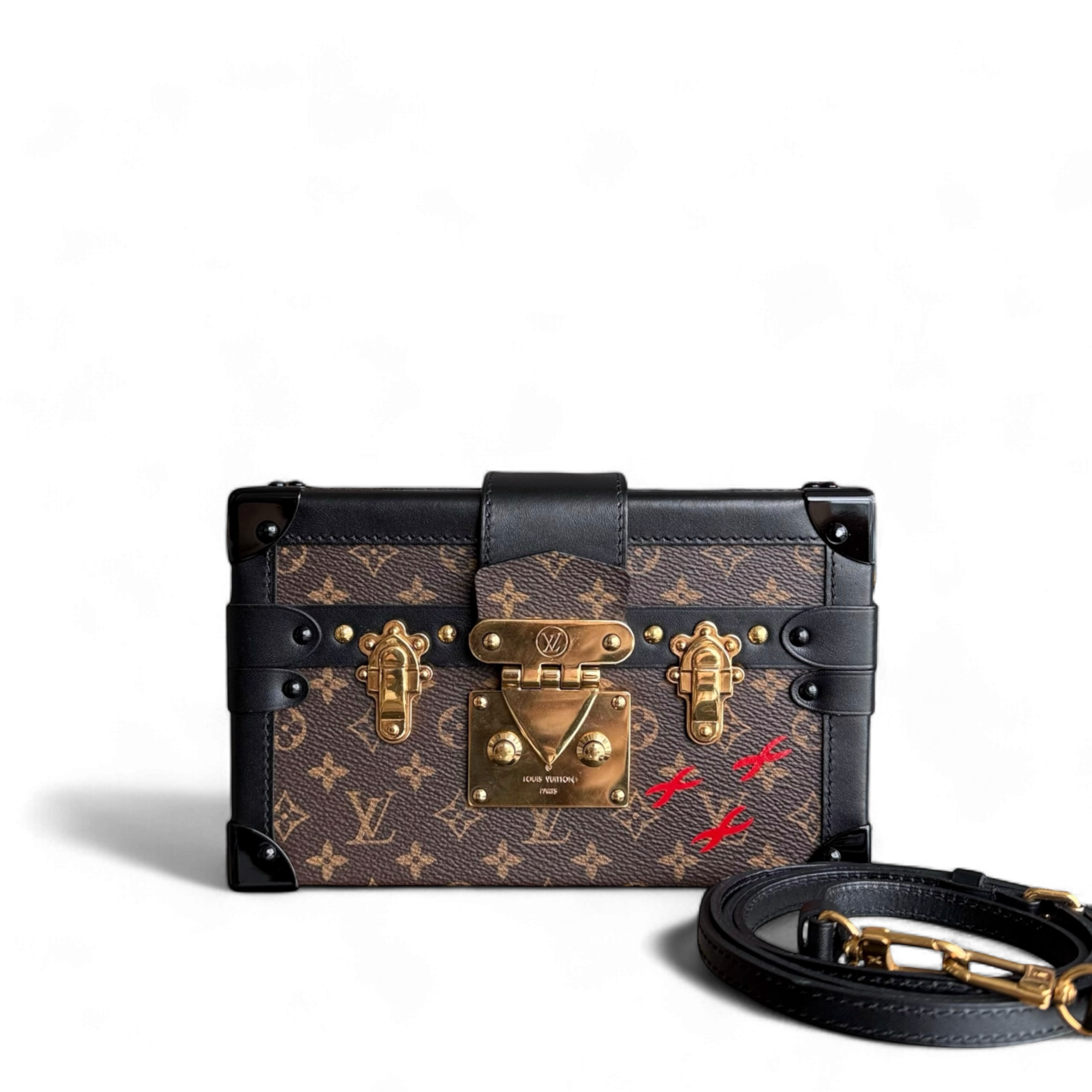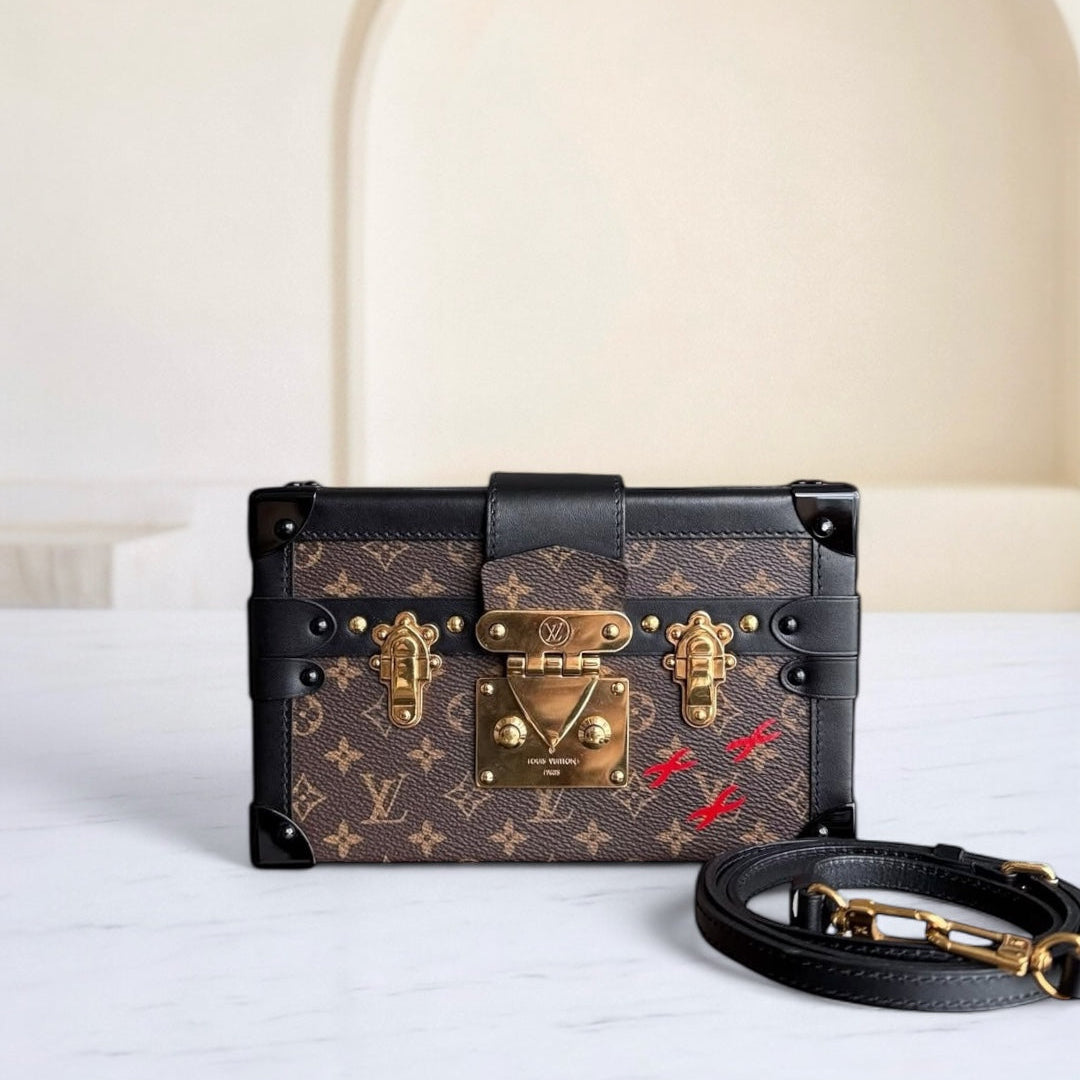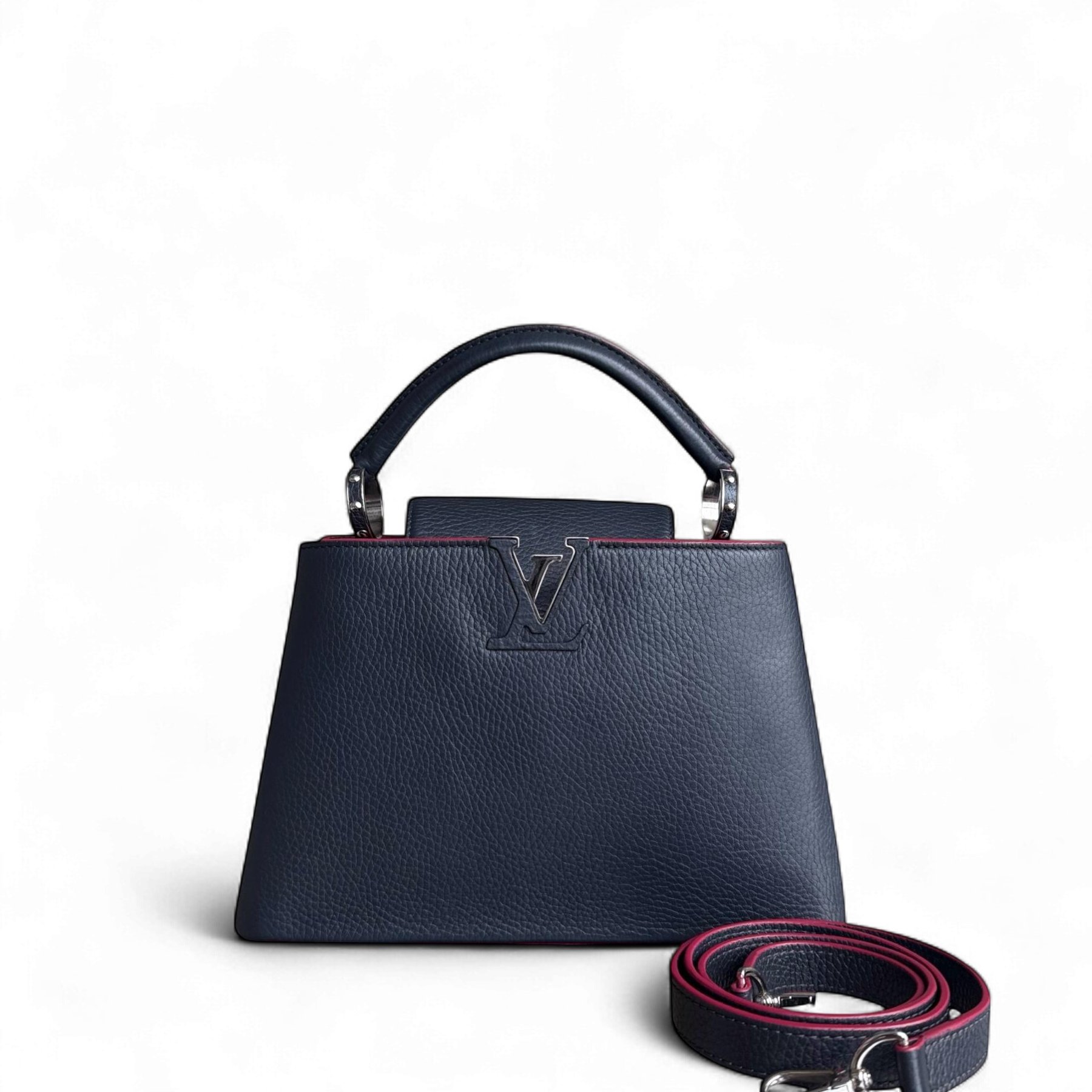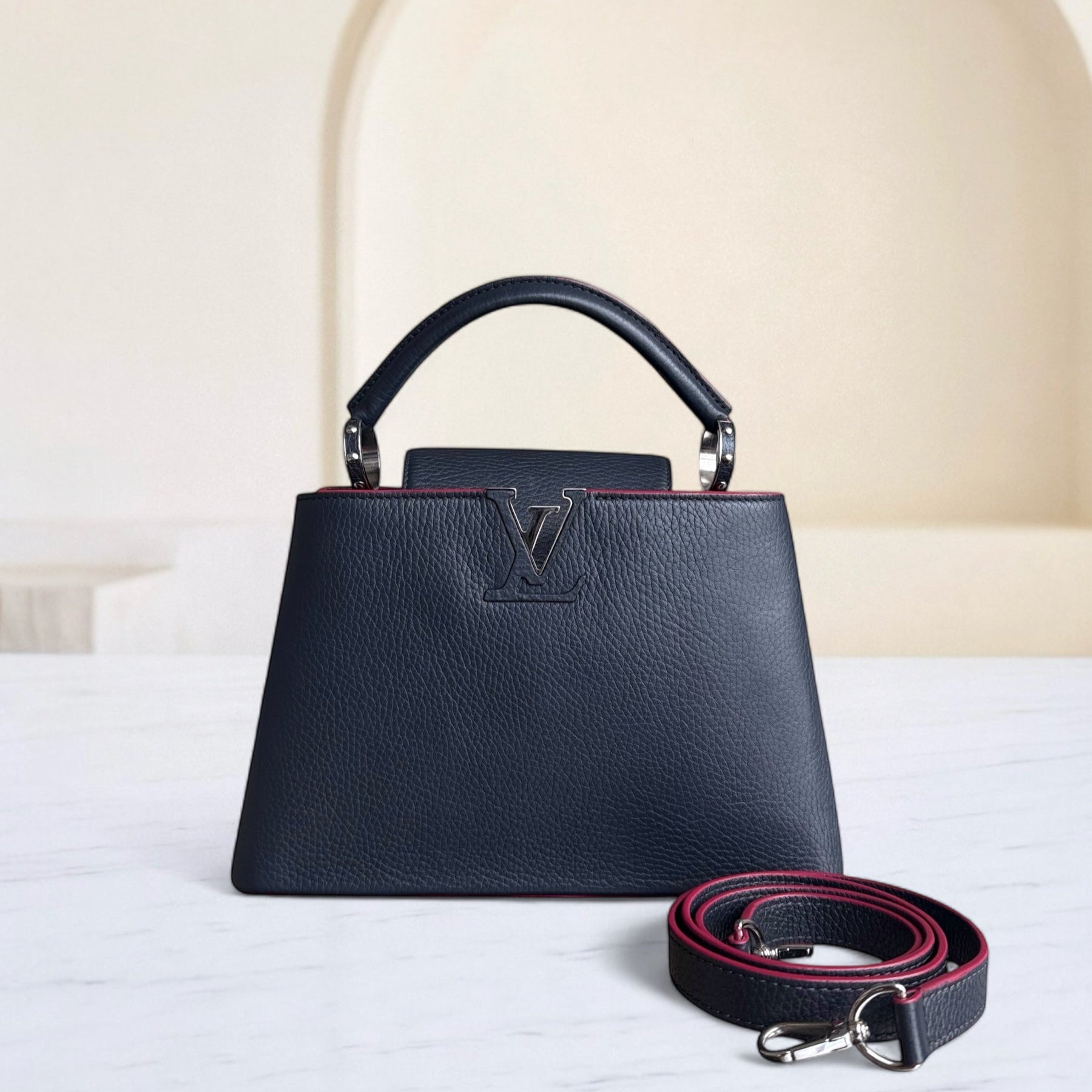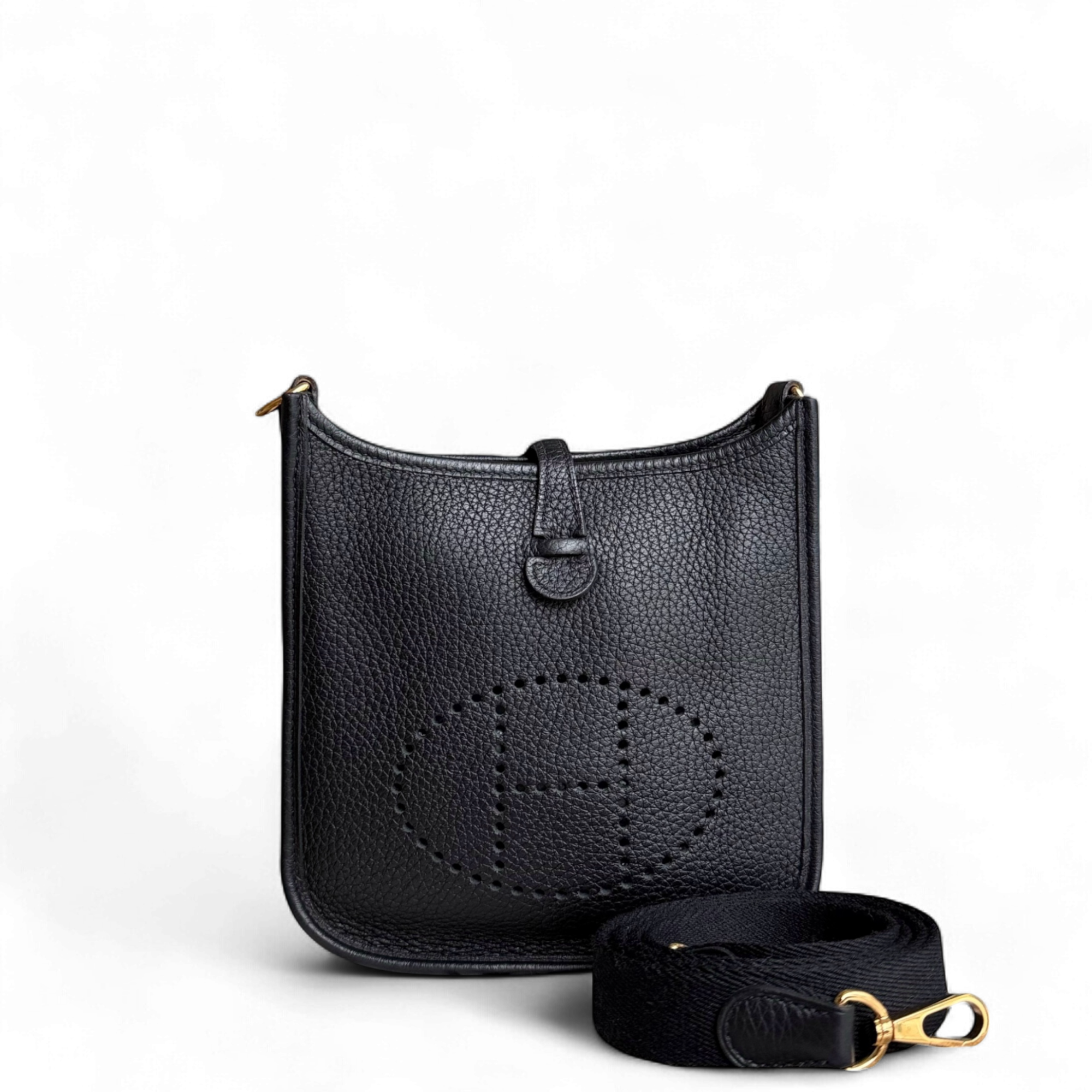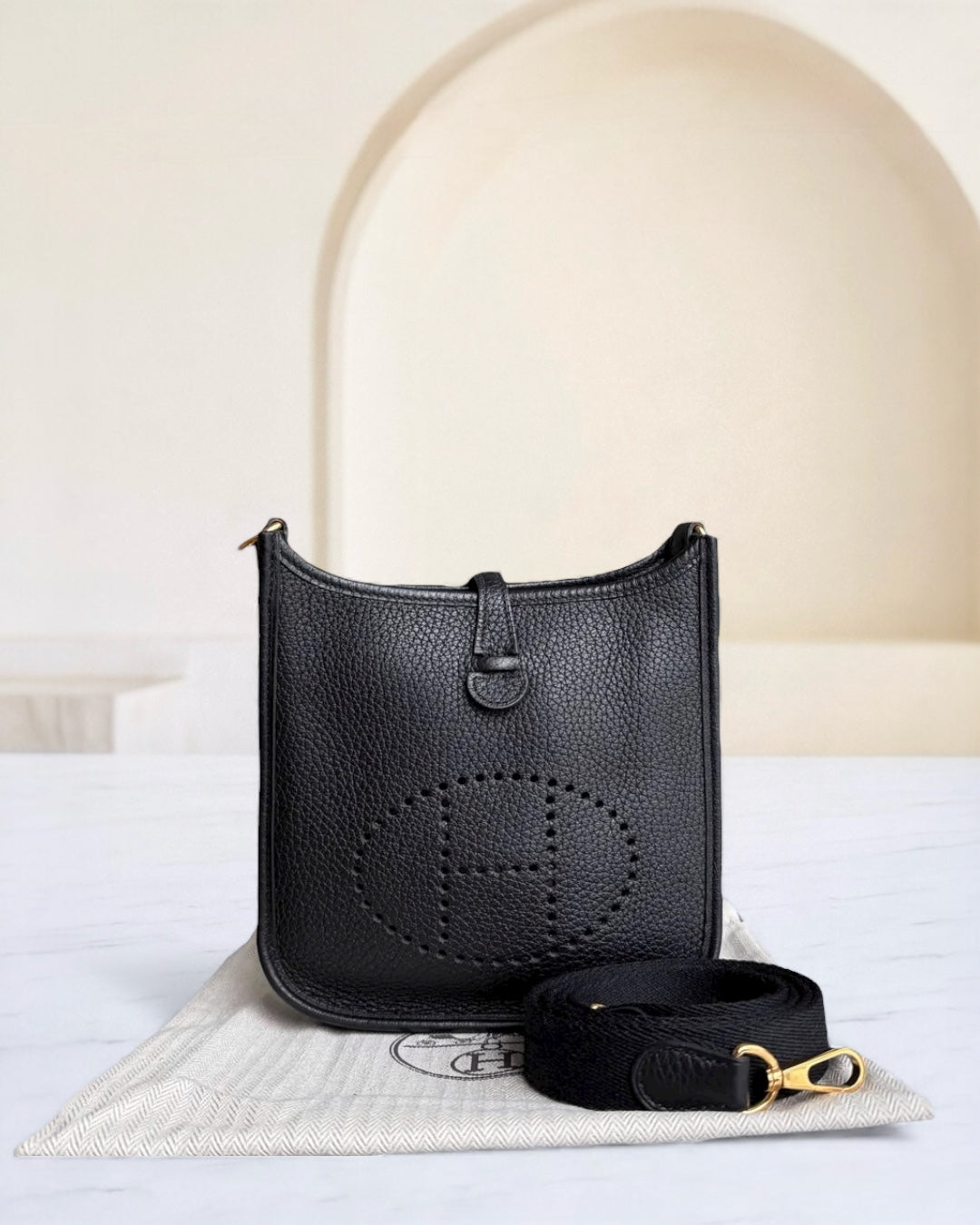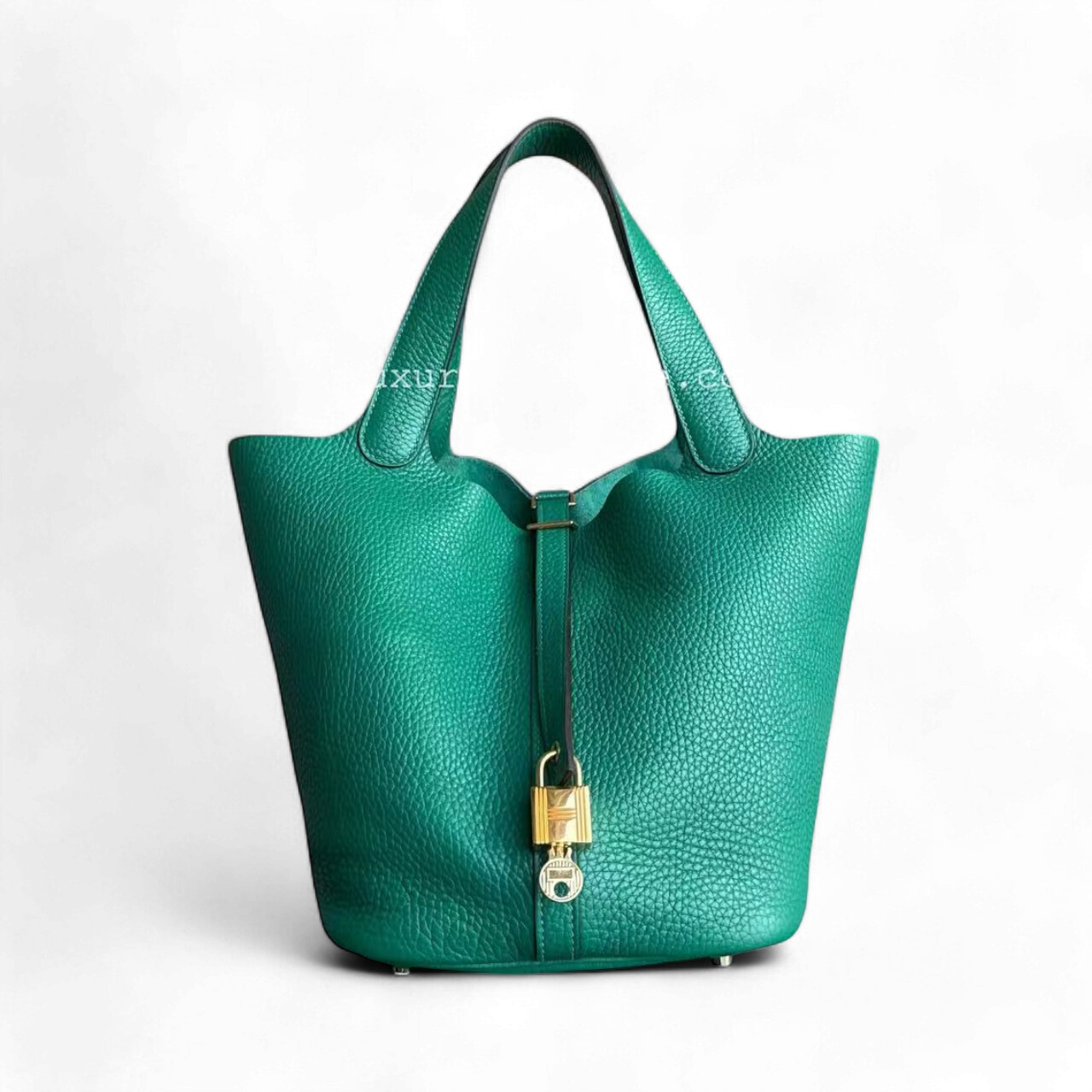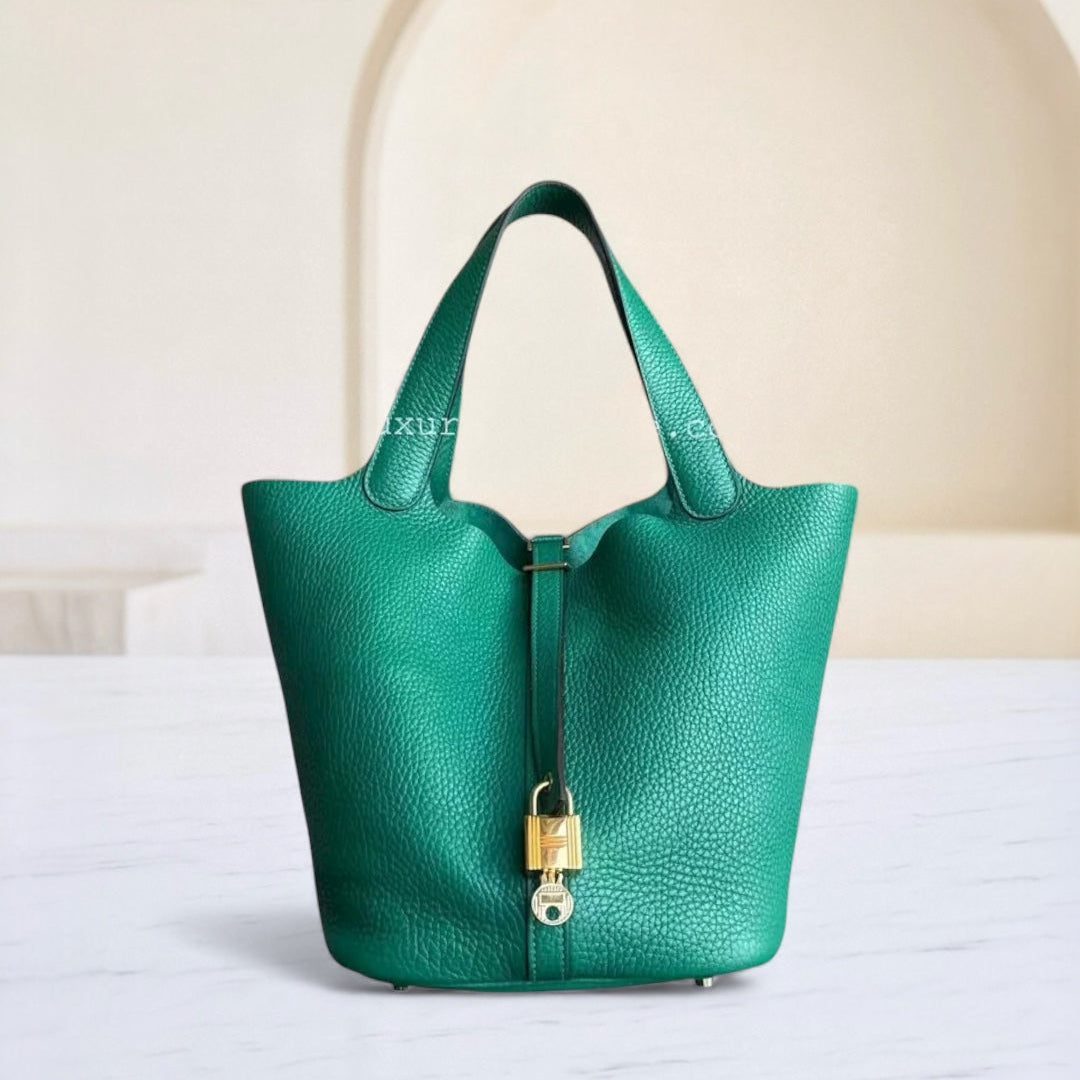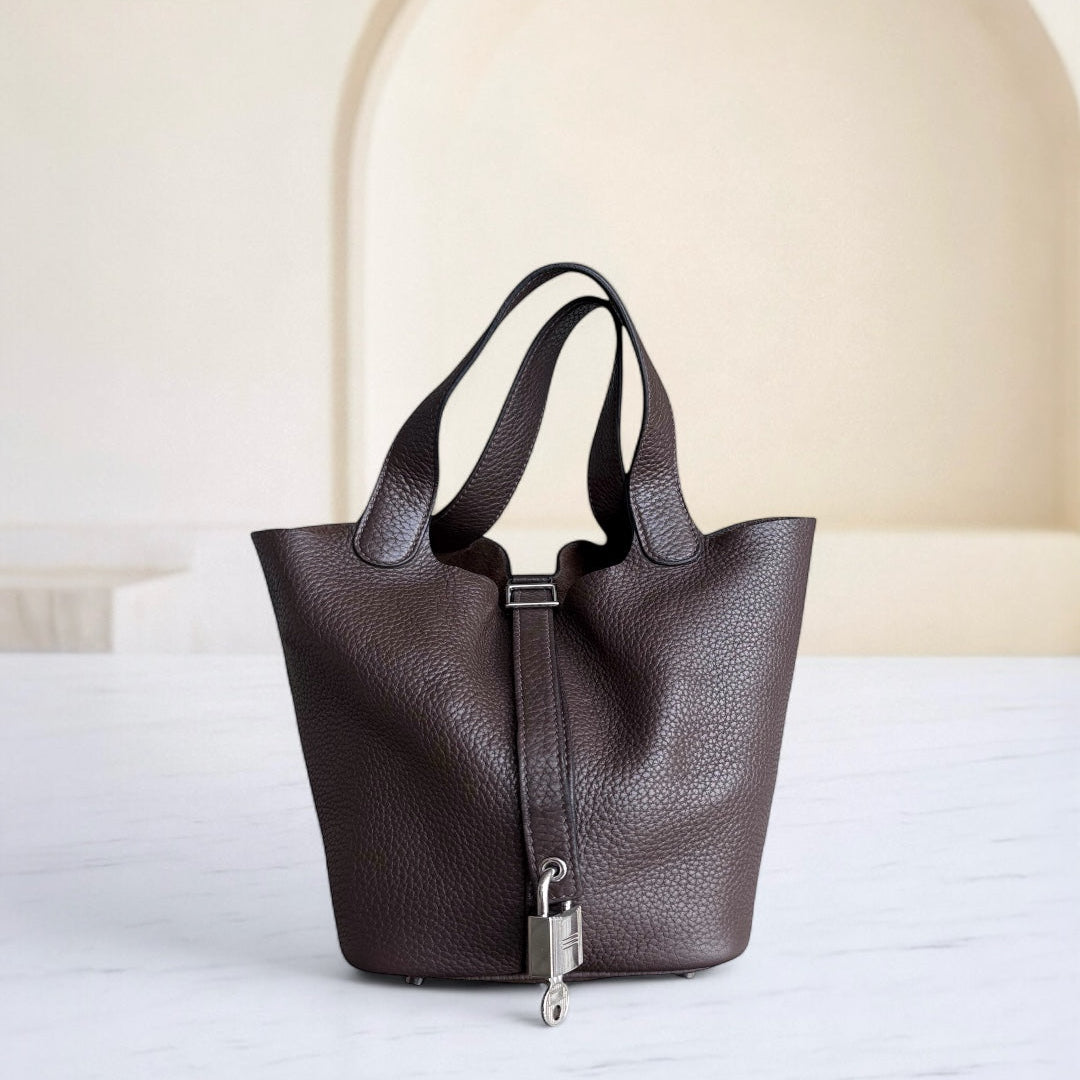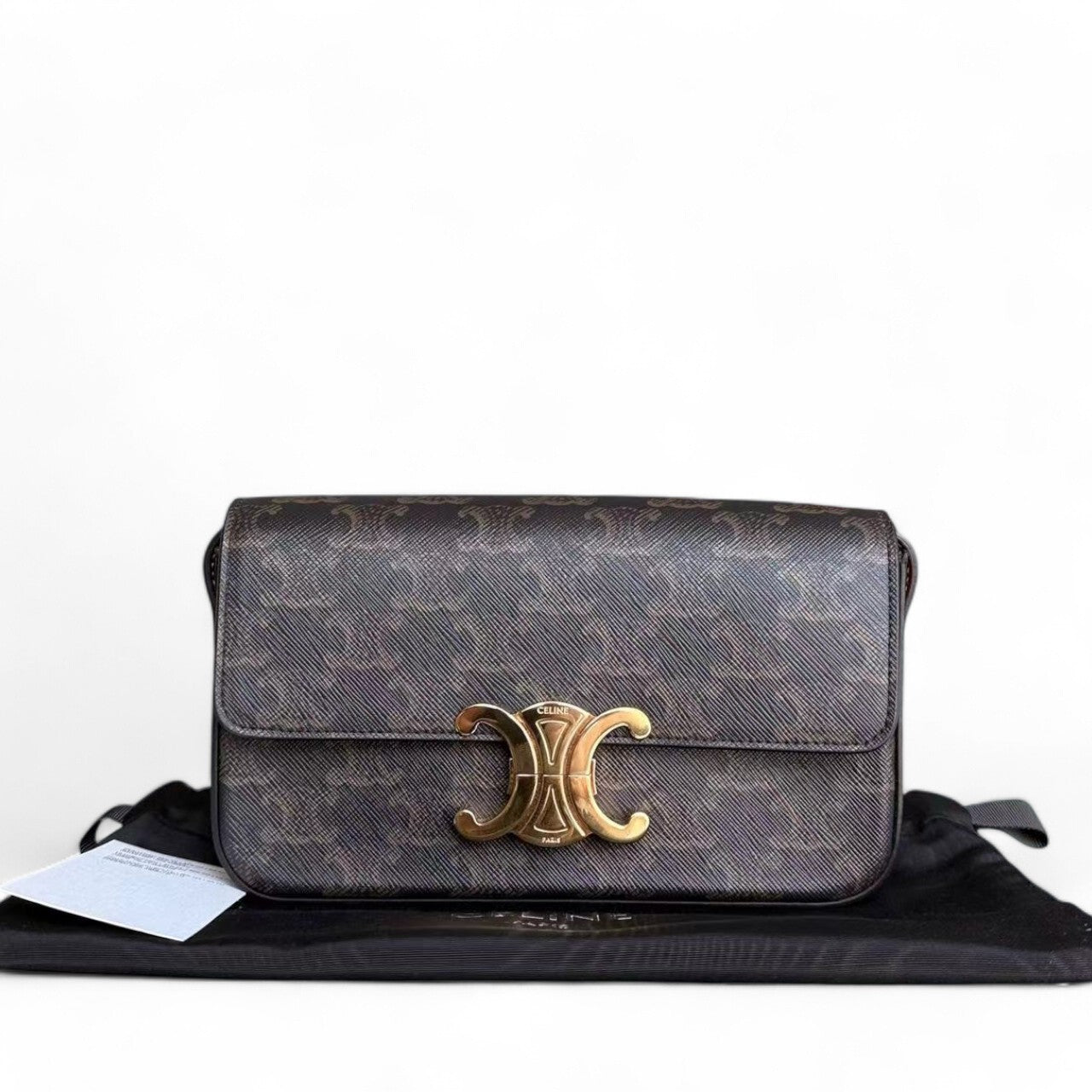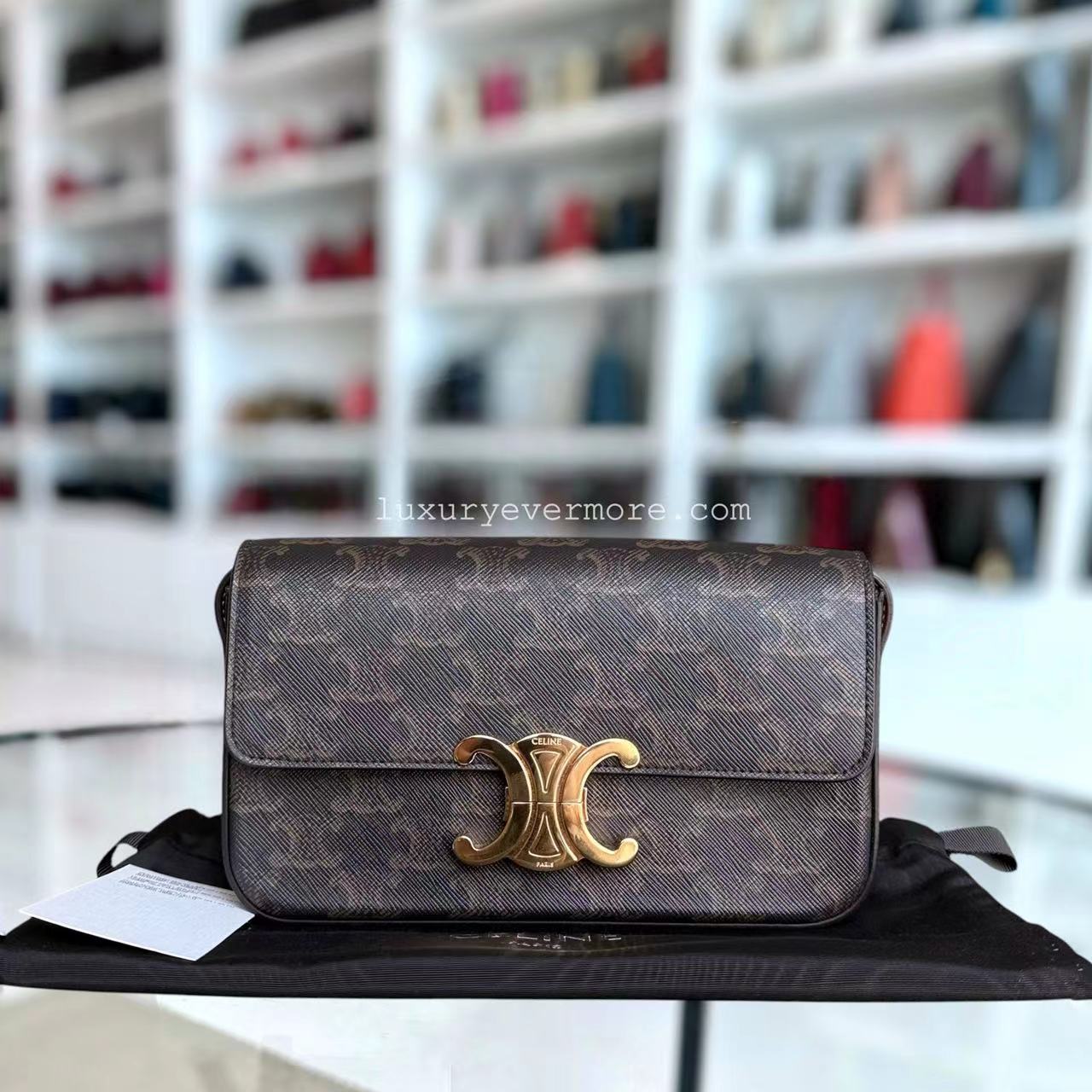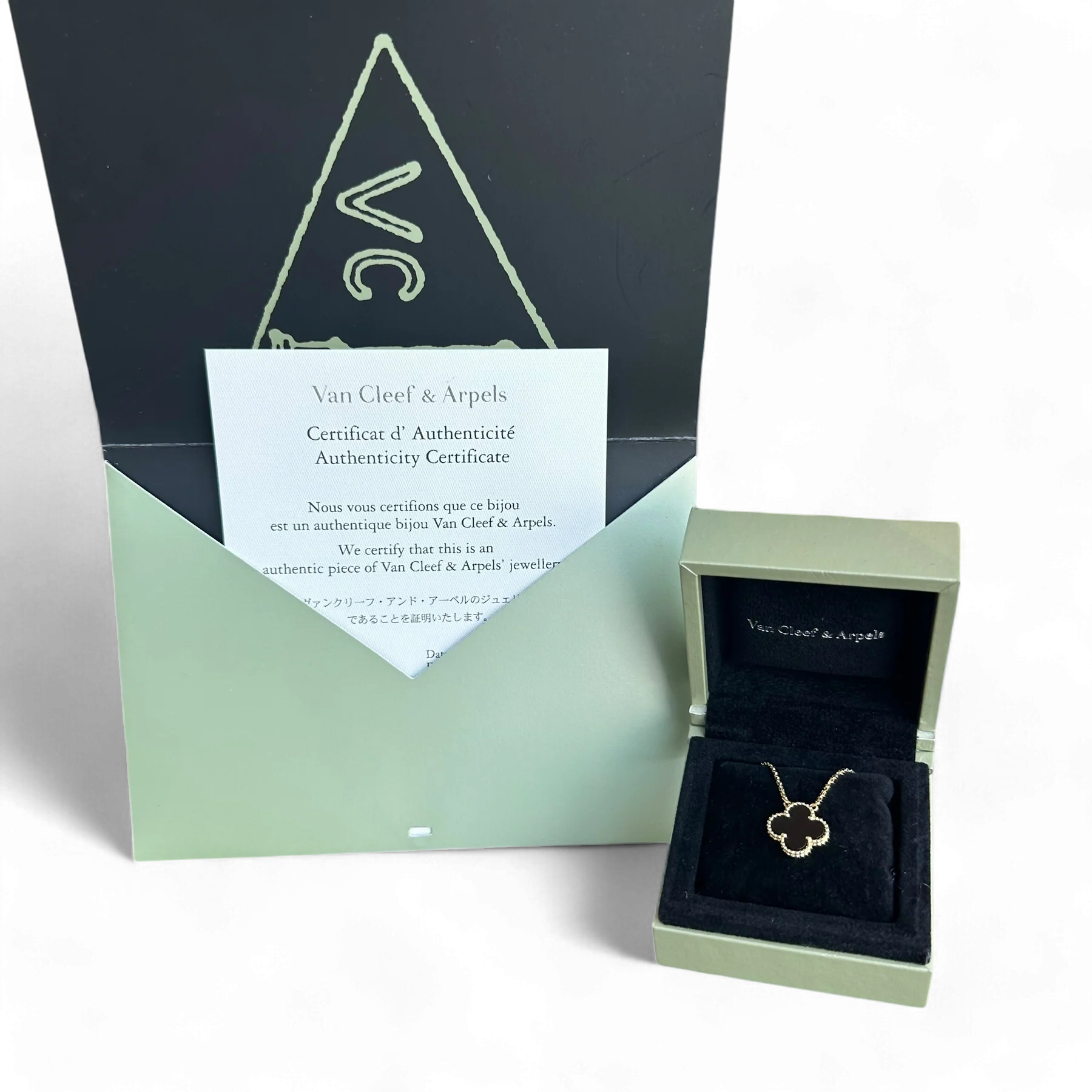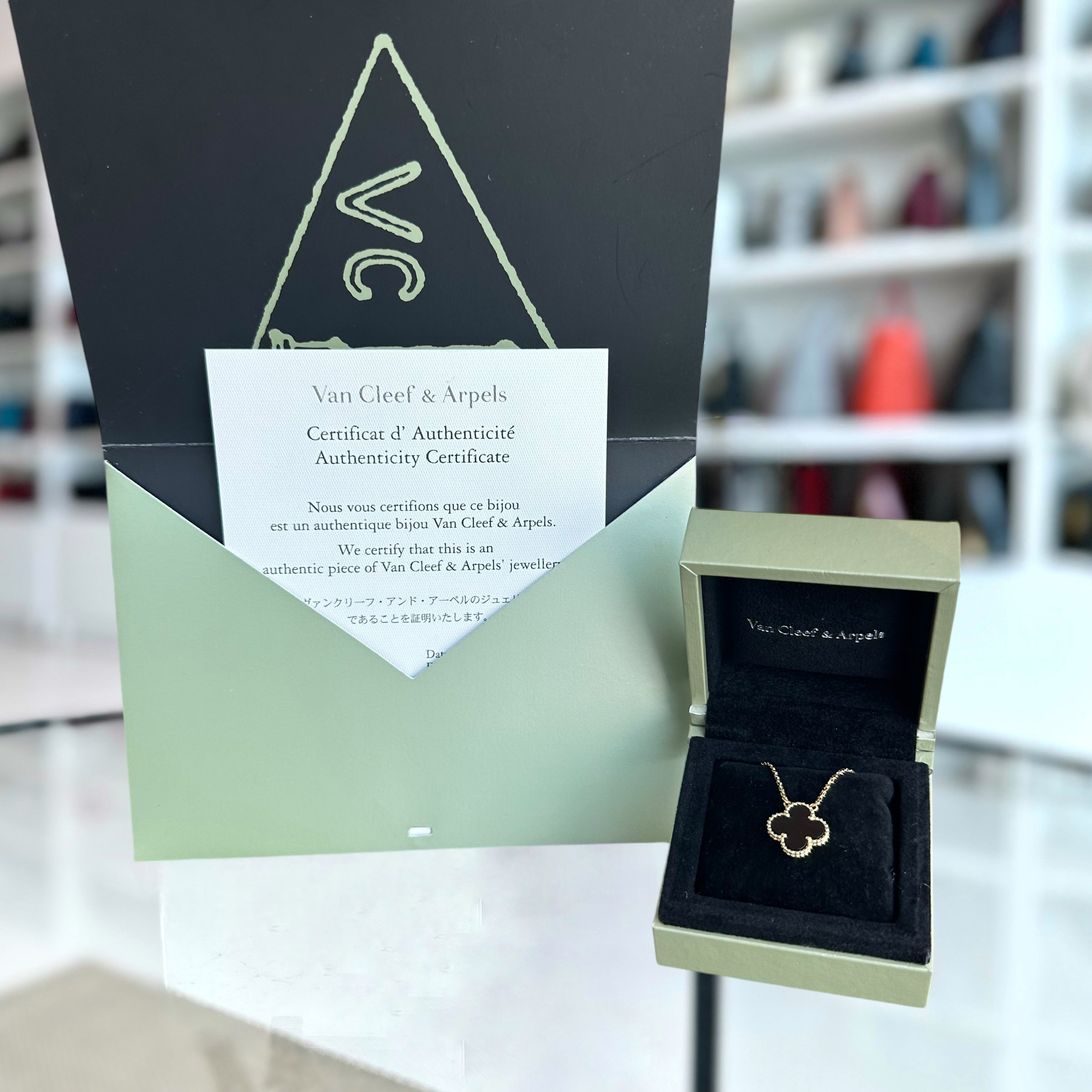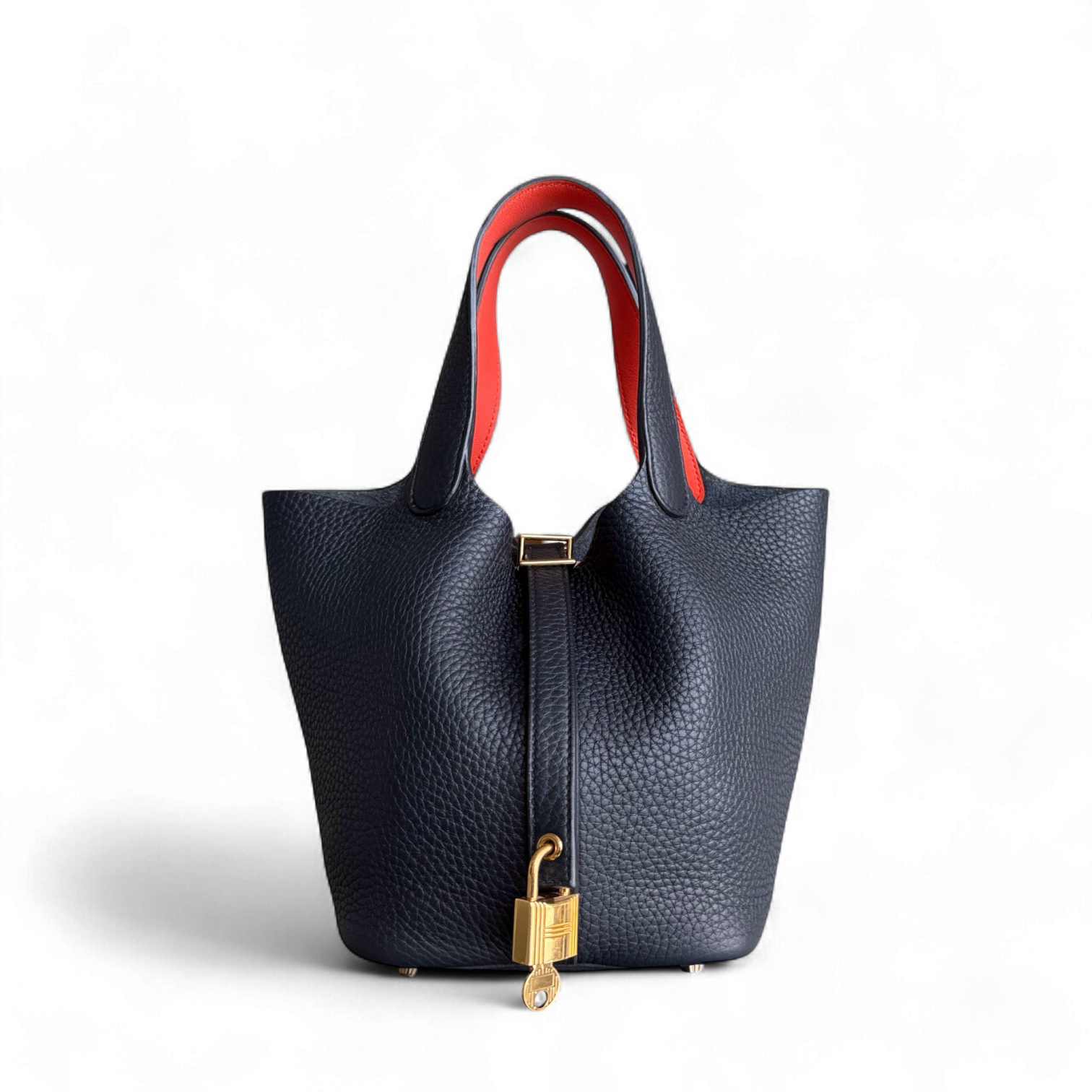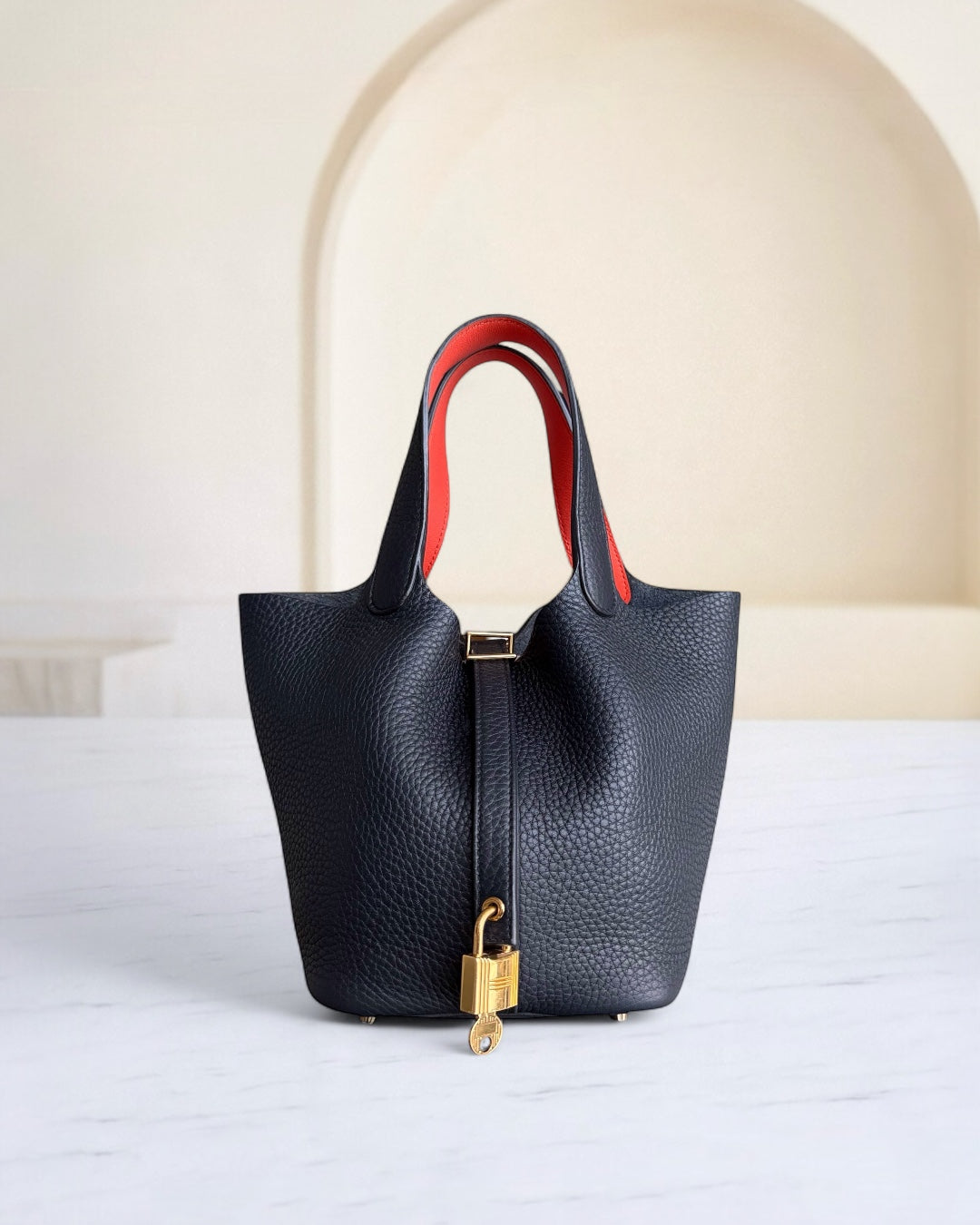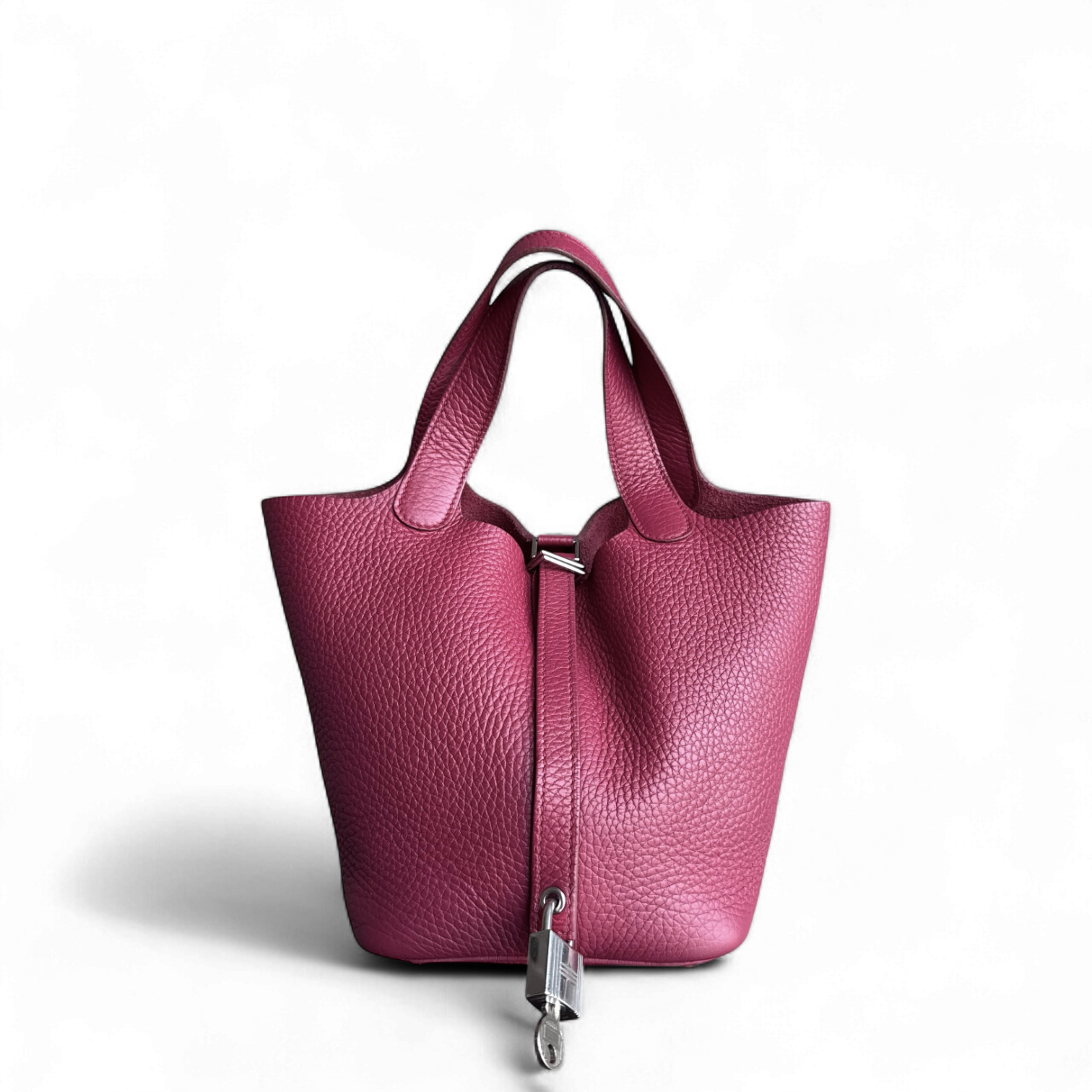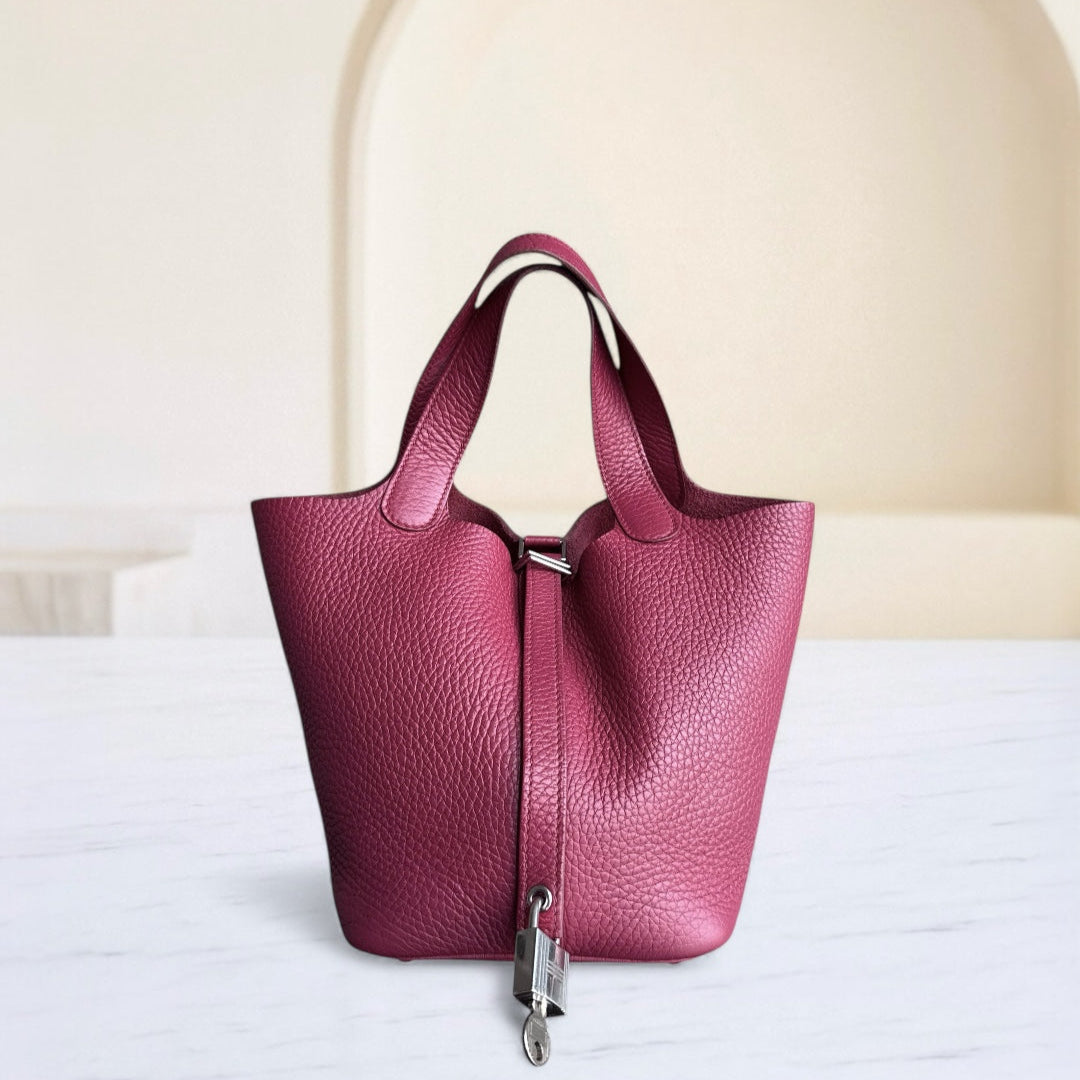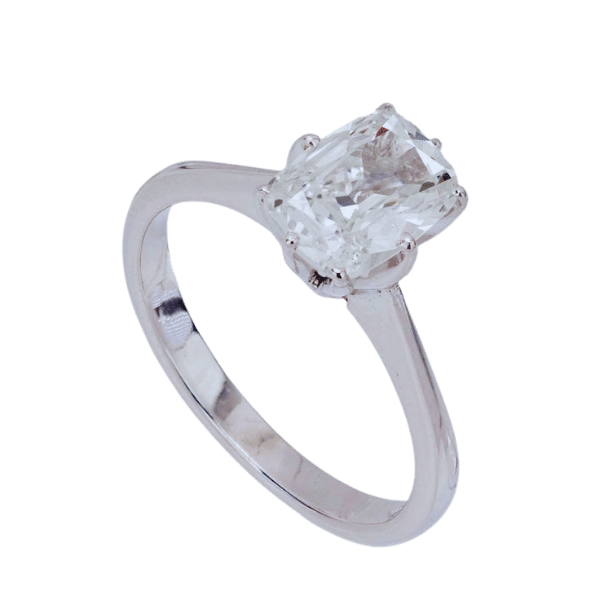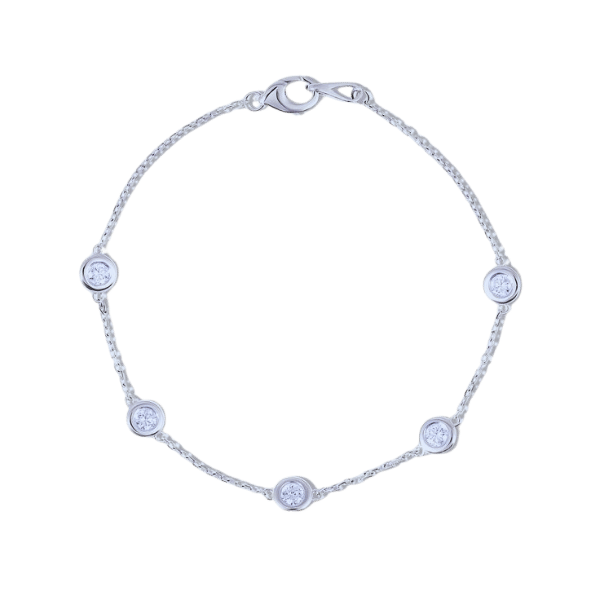Why Is It Called a Tennis Bracelet? Unraveling the History and Elegance
The Tennis bracelet remains a must-have piece within one’s jewelry collection as it attracts wearers with its elegance and simplicity. But were you ever left wondering how this beautiful piece of accessory got its unusual name? The Tennis bracelet is more than a mere fashion statement; it tells a tale of unique charm, sports, and history. In this piece, I intend to focus on the term ‘tennis bracelet’, the period it gained popularity, the event that marked its name, and what keeps it among the elites of fine jewelry. Suppose you are a jewelry lover or just interested in the blend of culture and fashion. In that case, this piece will tell you about the harmonious fusion of history and sophistication associated with this accessory.
What Are Tennis Bracelets?

Tennis bracelets are timeless and elegant wrist adornments, usually set with a row of diamonds or other gemstones in a motion-flexible chain made of precious metal. This type of bracelet combines a chic look with a lightweight and secure form, suitable for formal and informal occasions. The term “tennis bracelet” derives from a well-known incident in the 1980s when professional tennis player Chris Evert lost her diamond bracelet during a match, stopping the game to look for it. This incident popularized the design, securing its status as an enduring piece of jewelry fashion.
Understanding the Design of Tennis Bracelets
The defining characteristic of a tennis bracelet is elegance combined with simplicity, which is characterized by the symmetrical arrangement of gemstones, usually diamonds, set in a continuous line. Prong, bezel, or channel settings are used to secure the gemstones, which offer both durability and flexibility. These bracelets are made of gold, platinum, or sterling silver, which are lightweight, crafted for everyday wear. The clasp is designed to be robust and secure, while enhanced safety features minimize breaching, confirming that tennis bracelets containing gemstones are exquisite and dependable.
Materials Used in Diamond Tennis Bracelets
- Gold - Valued for its timeless ever-lasting beauty and withstanding nature, the material is available in forms of rose gold, yellow gold, and white gold.
- Platinum - The ideal metal for high-end tennis bracelets because of its durability against scratches and tarnishing.
- Sterling silver - It has a shiny, sleek appearance and is more affordable, making it fashionable as well.
- Diamonds - A gem that typically serves as a primary gemstone and adds elegance and brilliance.
- Lab-Grown Diamonds - Provides enough ethical reasoning because of being cost-effective.
- Other Gemstones - Sometimes, stones like sapphires, rubies, and emeralds are added for extra color and variety.
- Rhodium Coating – Provides extra protects against scratches, tarnishes, and general wearing. Typically added to gold or silver for extra shine.
The Versatile Styles of Tennis Bracelets
- Classic Diamond Tennis Bracelets - The traditional style, with a single row of diamonds evenly set, showcases elegance and understated beauty.
- Multi-Row Tennis Bracelets - Adding extra rows of gemstones takes the dramatic effect to further luxurious heights.
- Colorful Gemstone Tennis Bracelets - The addition of vibrant gemstones such as sapphires, rubies, or emeralds provide bold accents to the design.
- Bezel-Set Tennis Bracelets - Provides a modern, sleek look as the stones are encased in a metal rim, which delivers a contemporary edge.
- Halo-Style Tennis Bracelets - A statement piece created with surrounding diamonds or gemstones and other smaller stones to enhance their fire.
- Vintage-Inspired Tennis Bracelets - Features elaborate patterns and vintage elements that evoke a sense of nostalgia.
- Adjustable Tennis Bracelets - With a slide clasp, these bracelets can be resized to suit different wrist circumferences, making them highly adaptable.
- Mixed-Metal Tennis Bracelets - Unusual and eye-catching because gold, white gold, and rose gold are united to create different pieces of artistry.
- Customizable Tennis Bracelets - Personalization of these pieces comes with engravings, special gem placements, or tailored designs that speak to one’s identity.
How Did the Term " Tennis Bracelet Originate?

The Famous Incident Involving Tennis Player Chris Evert
While playing in the 1978 U.S Open, tennis athlete Chris Evert lost her diamond bracelet on the court mid-match. In a rather unusual moment, she asked the officials for a break in play to look for the ornament which undoubtedly called focus to her bracelet. This incident in particular made popular the term “tennis bracelet” since it became closely linked to the famous jewelry style she donned. It also helped to popularize the bracelet as a fashionable yet functional piece of jewelry.
When the Bracelet Broke on the Tennis Court
The piece of jewelry snapped on the tennis court mid-match during the 1978 U.S. Open when Chris Evert lost it accidentally. A break in the game was made so that she could retrieve the lost adornment. Such an occurrence showcased both the usefulness and sophistication of the adornment, turning into an epithet “tennis bracelet.”
Impact on Bracelet Styles and Popularity
The elegance of the tennis bracelet shone at the time of Chris Evert's widely publicized incident, as jewelers began to market these inventions studded with precious gems. The intricate design of these bracelets made them appropriate for a range of settings, from casual to formal, and thus, appealed to many people of varied age groups. Also, the claim regarding its history, coupled with the name of the bracelet, worked wonders in boosting its mark in the jewelry industry accessories.
Why Wear a Tennis Bracelet?

A Classic Accessory for Any Occasion
Tennis bracelets are an ageless piece of jewelry worn by many, characterized by their thin and simple design which reflects light beautifully. They are perfect for weddings and business functions, or casually while running errands. Miinimalist in nature, the bracelet is comfortable embodying both style and grace throughout the day, and serves as a refined accessory.
The Elegance of a Line of Diamonds on Your Wrist
The simplistic yet astounding beauty of a line of diamonds fixed to one’s wrist is a sight to behold. A tennis bracelet is crafted featuring an elegant continuous line of diamonds, each set individually to enhance balance and shine. This arrangement achieves a polished appearance that empowers any outfit without clashing with the overall aesthetic. Such bracelets are adored for their timelessness, stemming from the fact that they capture elegance and adaptability simultaneously, suitable for both special occasions as well as everyday use.
Pairing a Tennis Bracelet with a Watch
When combining a tennis bracelet and a watch, pay attention to the synergy both pieces achieve together. Select a bracelet and watch that use the same metals or finishes, emphasizing matching materials or tones. A gold tennis bracelet coupled with a gold or two-tone watch, for example, is visually appealing. Mind the sizes and styles; slim bracelets should go with delicate watches, while bold ones should be paired with more substantial timepieces. To maintain the classic elegance of both accessories, ensure the combination is effortless and the overall look is tidy.
Choosing the Perfect Diamond Tennis Bracelet

Understanding Carat Weight and Karat
Carat Weight
Carat weight is defined as the measurement of a diamond's size according to its weight. One carat is equivalent to 200 milligrams or 0.2 grams. As far as metrics are concerned, this one is important when assessing the overall visual effect of a diamond tennis bracelet since larger diamonds usually increase the beauty and splendor of the piece. Nevertheless, carat weight must be balanced with other factors such as clarity, cut, and color of the diamonds so that the design is aesthetically and qualitatively pleasing.
Karat (Purity of Gold)
Karat is the measure used for the purity of gold, and it is expressed in figures from 1 to 24. For example, bullets of 24 karat gold show pure gold, while 18 karat gold shows 18 parts gold and 6 parts alloy, indubitably equal to 75% gold content. When selecting a diamond tennis bracelet, the karat of the metal setting is crucial because it affects the ornament's strength, look, and value. Gold of higher value has a richer color, which looks good. However, it could be tough. Gold of lower value would be stronger, but it looks less glamorous. People should also think of the intended use and actual liking when deciding on karat purity.
Selecting the Right Clasp for Security
Choosing a diamond tennis bracelet necessitates giving careful consideration to the clasp type as it affects the person’s ease of wear and security of the bracelet. Common clasps for tennis bracelets include:
- Lobster Clasp: This clasp is most suitable as it is a popular choice due to its reliability. Fastening and removal is easy with this clasp since it features a spring mechanism that keeps the bracelet shut securely.
- Box Clasp with Safety Latch: This type of clasp has additional safety latches which provide extra protection against unintentional freeing of the clasp which is helpful for the more careless wearers.
- Toggle Clasp: Made from a T-shaped stick that fits in a circular loop, toggle clasps are more elegant in design but loose and best suited for less frequent use.
- Spring Ring Clasp: This particular clasp applies a spring mechanism to lightweight bracelets, yielding less durability than the other clasp options.
- Push Button Clasp: This easy-to-use clasp, as it opens using a push button, can be kept tightly secure, ensuring a suitable fit.
- Slide Lock Clasp: Comprised of a sliding locking me are often used for additional security these fasteners suffer intend to position releasing the bracelet on purpose.
Factors like personal style, preference, ease of use, and durability should always be considered when choosing a clasp type because each type has its own unique benefits.
Exploring Different Bracelet Styles and Gemstones
Bracelet Styles:
- Bangle Bracelets: Stiff, solid bangles worn alone or in stacked sets.
- Beaded Bracelets: Casual, earthy style bracelets made of strands of beads strung together.
- Cuff Bracelets: Slip-on, wide, open-ended bracelets.
- Chain Bracelets: Flexible and elegantly modern beaded bracelets made from interlinked rings. They maintain a refined appearance.
- Tennis Bracelets: A delicate chain bracelet with intricately set gemstones of uniform shape and size.
- Charm Bracelets: A new type of bracelet famous for personalization through the addition of various colorful charms or pendants.
- Leather Bracelets: Bracelets made of strips of leather for a rugged, stylish, contemporary feel.
- Wrap Bracelets: Multi-turn bands wrapped sequentially around the wrist.
Popular Gemstones:
- Diamond: A colorless to ivory gemstone, famously known for its shininess, and it is cut. Used widely as an adornment for elegance and luxury.
- Ruby: A vibrant red gemstone representing passion and vitality.
- Emerald: Deep blue gemstone symbolizing prosperity and mental calmness.
- Amethyst: Calming to the eyes, purple gemstone known for its tranquil and spiritual properties.
- Sapphire: Known for their deep, rich blue color, which signifies sophistication, wisdom, and intelligence.
- Topaz: Trusted with an assortment of colors, Jun has yellow topaz.
- Citrine: A bright golden yellow stone linked to comfort and happiness.
- Aquamarine: A Clear, pale blue gemstone associated with peace of mind and clarity.
- Garnet: common deep red in color, represents love and energy.
- Opal: Characterized by its play-of-color, it gives an artistic touch unlike any other.
The History of the Tennis Bracelet and Its Evolution

Early Diamond Jewellery of the 20th Century
In the 20th century, diamond jewelry craftsmanship was impacted and put into consideration because of the Art Nouveau and Art Deco movements. Art Nouveau designs, popular in the early 1900s, emphasized the flow of nature with delicate motifs. Colorful gemstones commonly accompany diamonds. The Art Deco style emerged during the 1920s, which was defined by geometric shapes, bold symmetry, and a streamlined contemporary look. Diamonds were used in these designs to showcase their brilliance and timeless appeal. Most commonly set in platinum to enhance the sparkle, these diamonds added brilliance and timeless appeal to a piece. These styles constructed a plethora of distinguishing diamond jewelry pieces we appreciate nowadays.
The Diamond Line Bracelet's Rise to Popularity
The diamond set line bracelet, which is more commonly called a tennis bracelet, became well-known in the late 20th century due to its exquisite simplicity and adaptability. A sparkling piece of jewelry that added to Chris Evert's charm during matches boosted her image off the court when she shattered the tennis bling on court and strolled off, claiming it broke. This single moment birthed the phrase “tennis bracelet”, subsequently turning that piece into royalty. Adored for the presence of a well-arranged row of diamonds and minimalistic style, the diamond line bracelet pieces are highly prized and dominate jewelry collections because of their versatile use paired with almost anything, formal or casual.
Modern Row Tennis Bracelets and Their Appeal
The contemporary row tennis bracelet is treasured for its classic aesthetic, supple elegance, and timeless design. These bracelets consist of a single line of gems or diamonds, and as such, they combine simplicity and luxury and can be worn at any occasion. Their robust construction makes them lightweight, which adds to the comfort and ease, meeting the requirements of everyday use. Their durable comfort features appeal to the demands of daily wear. In addition, the prolonged usage value owing to sharpened craftsmanship and usage of high-quality materials strengthens their worth as a revered piece in modern fine jewelry.
Frequently Asked Questions (FAQs)
Q: Why is it called a tennis bracelet?
A: This style of bracelet took its name when, during a match in the 1987 US Open, tennis star Chris Evert's diamond bracelet broke and fell. She paused the game in order to look for the piece that drew public attention, and thus, this type of bracelet was named.
Q: What is a typical tennis bracelet?
A: A tennis bracelet is typically designed as a symmetrical row of diamonds or other gemstones set within a gold or platinum band, striking a balance between understated elegance and sophistication while showcasing the beauty of the stones.
Q: Are gold tennis bracelets popular?
A: Indeed, gold tennis bracelets are in high demand due to their refined simplicity and adaptability to different looks. They come in various styles and colors, including yellow, white, and rose gold.
Q: What are the different tennis bracelet styles available?
A: From plain single-row bracelets with round diamonds to more intricate three-row tennis bracelets, there are many different tennis bracelet styles that differ in sparkle and width.
Q: Can you explain the design of a tennis bracelet?
A: Bracelets are often designed with an uninterrupted row of coordinating gemstones or diamonds set in a flexible gold or platinum chain, which allows the bracelet to rest flat against the wrist.
Q: How did the bracelet get its name, “tennis bracelet”?
A: When Chris Evert’s diamond bracelet snapped during a match at the US Open, it was the turning point in the popularity of the bracelet style, which became dubbed “tennis bracelets.”
Q: Why do tennis bracelets get their name associated with tennis?
A: The use of the term “tennis bracelets” stemmed from an event involving tennis player Chris Evert, who notoriously misplaced her diamond bracelet during a match. The phrase gained traction after extensive coverage on different media platforms.
Q: Is a round diamond a common choice for tennis bracelets?
A: For its aesthetic appeal, round diamonds are one of the timeless selections for tennis bracelets and add to the collection’s elegance.
Q: Who was George Bedewi, and what is his connection to tennis bracelets?
A: George Bedewi crafted the diamond bracelet, which shattered during the US Open, causing the phrase "tennis bracelet" to become associated with this type of jewelry.
Q: What material are tennis bracelets made from?
A: Tennis bracelets are customarily fashioned from gold or platinum and adorned with diamonds or other stones for added elegance and strength.
Reference Sources
- Carat London—From this source, we understand the word “tennis bracelet” first came into existence during the 1978 U.S. Open. Tennis player Chris Evert's diamond bracelet broke during the match, halting the game until she picked it back up.
- Borsheims—Here, we can see a more detailed version of the story, as it mentions that the term became mainstream during the 1987 U.S. Open when Chris Evert lost her diamond bracelet mid-game and paused the game to search for it.
- Gemological Institute of America (GIA)—The GIA article notes the same event at the 1987 U.S. Open, focusing more on Chris Evert’s impact on popularizing the word “tennis bracelet.”
- Jewellery
- Bracelet
- Diamond
Contact Luxury Evermore should you need help with acquiring or building up your collection. There is a variety of brands with different styles, as well as sizes, and colors, for example, Hermes, Chanel, lv and Dior. If you are not lucky enough to find the bag you are looking for on our website then our concierge team will probably be able to order it for you. We provide 100% authenticity guarantee for all our bags, and any item sold on this site will be dispatched to you within one to two business days upon receipt of the payment.




